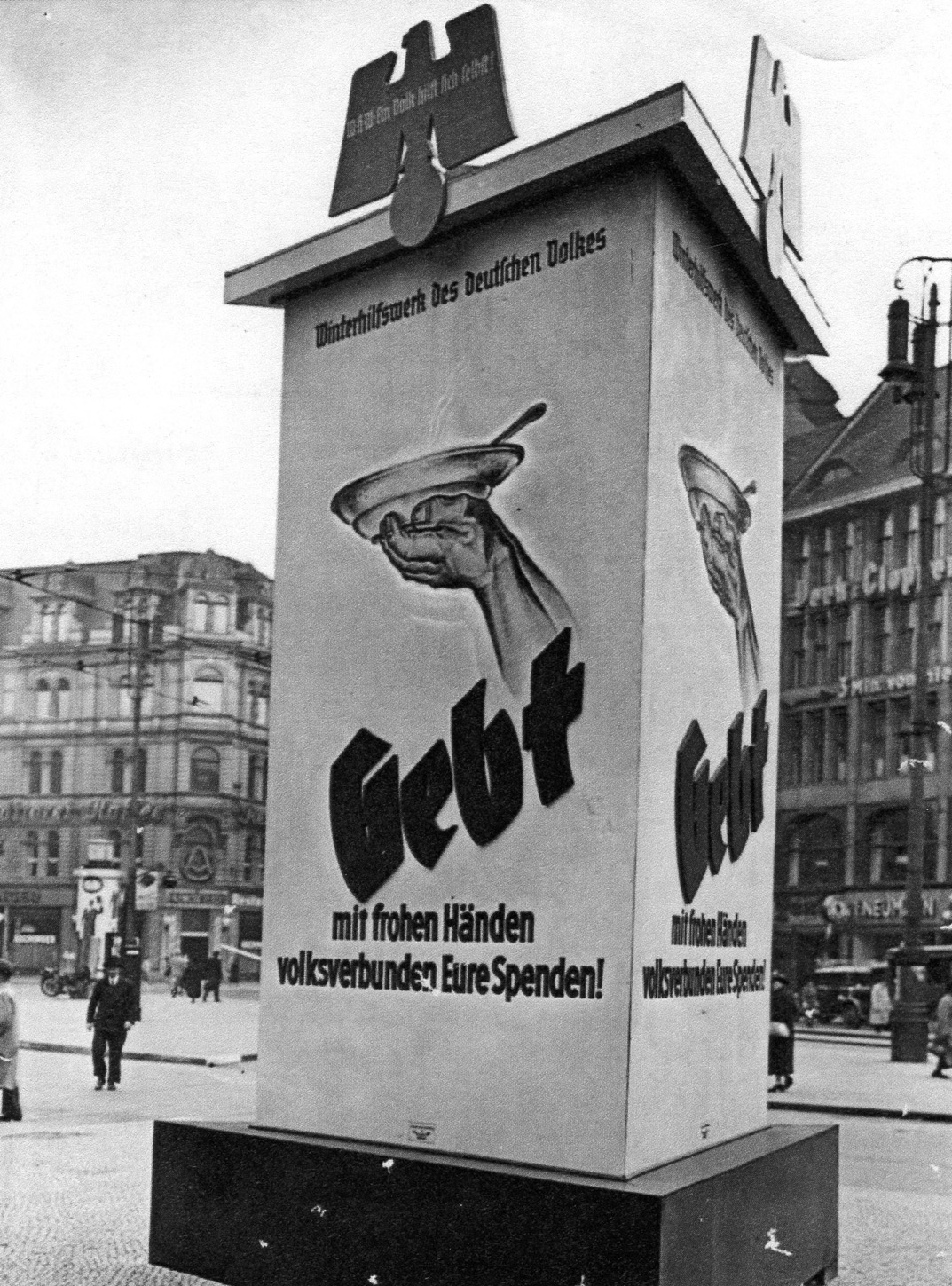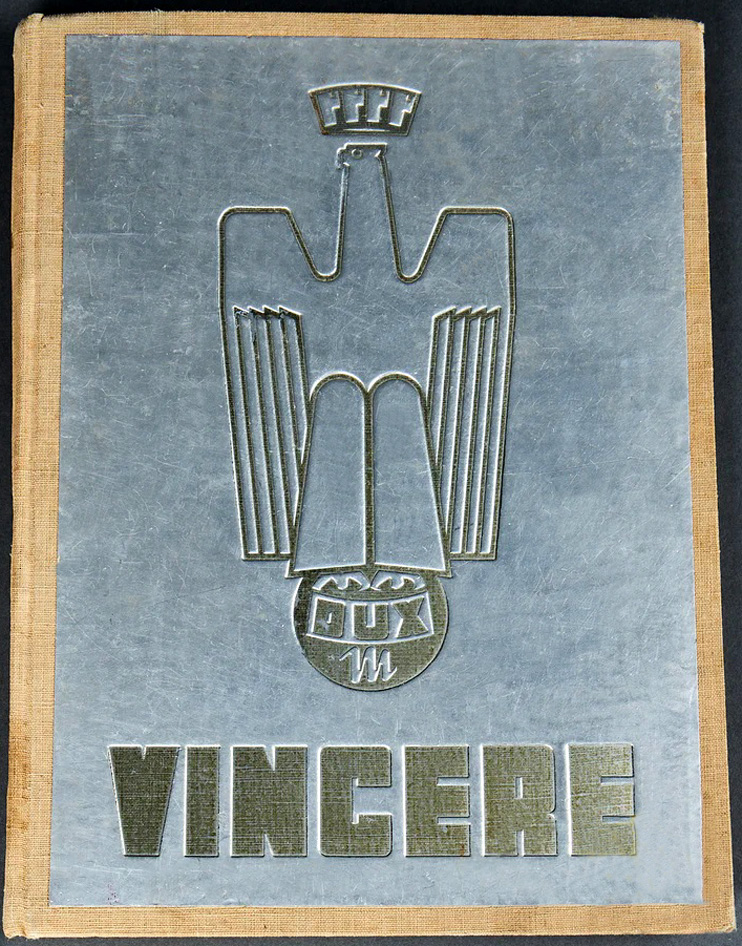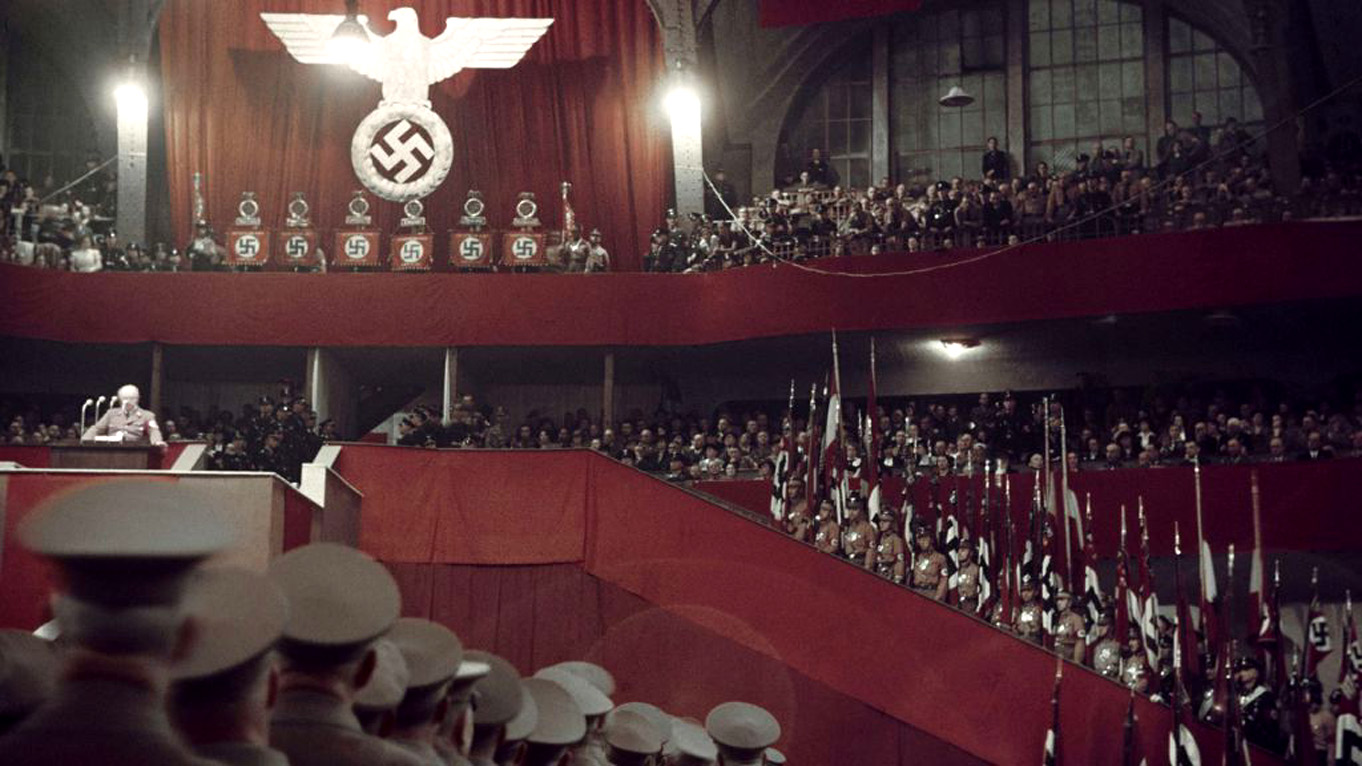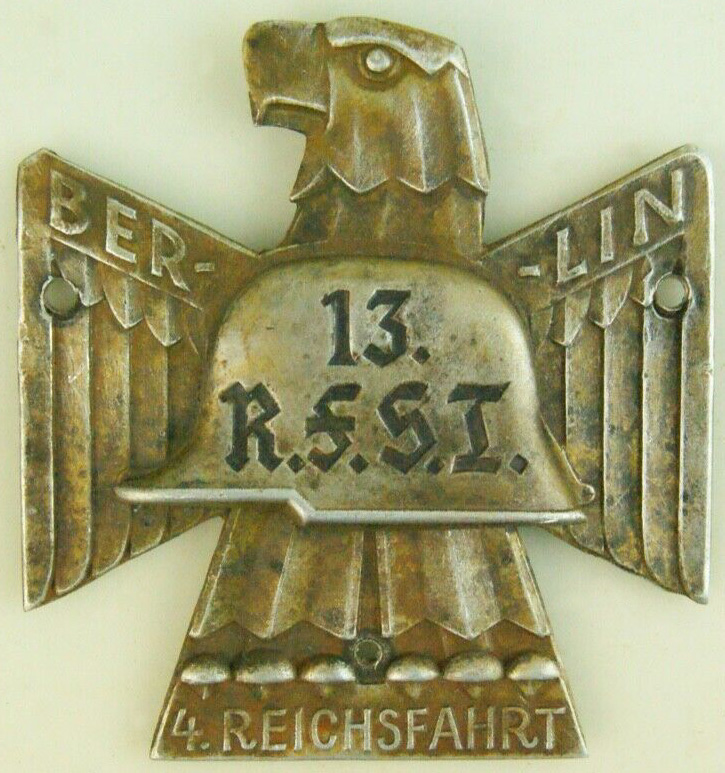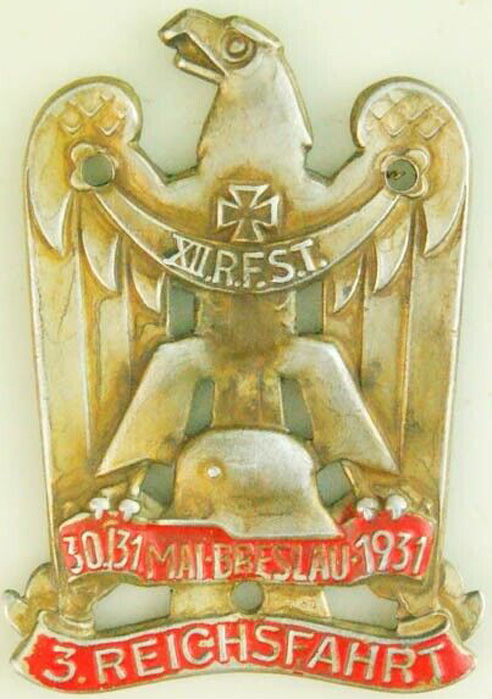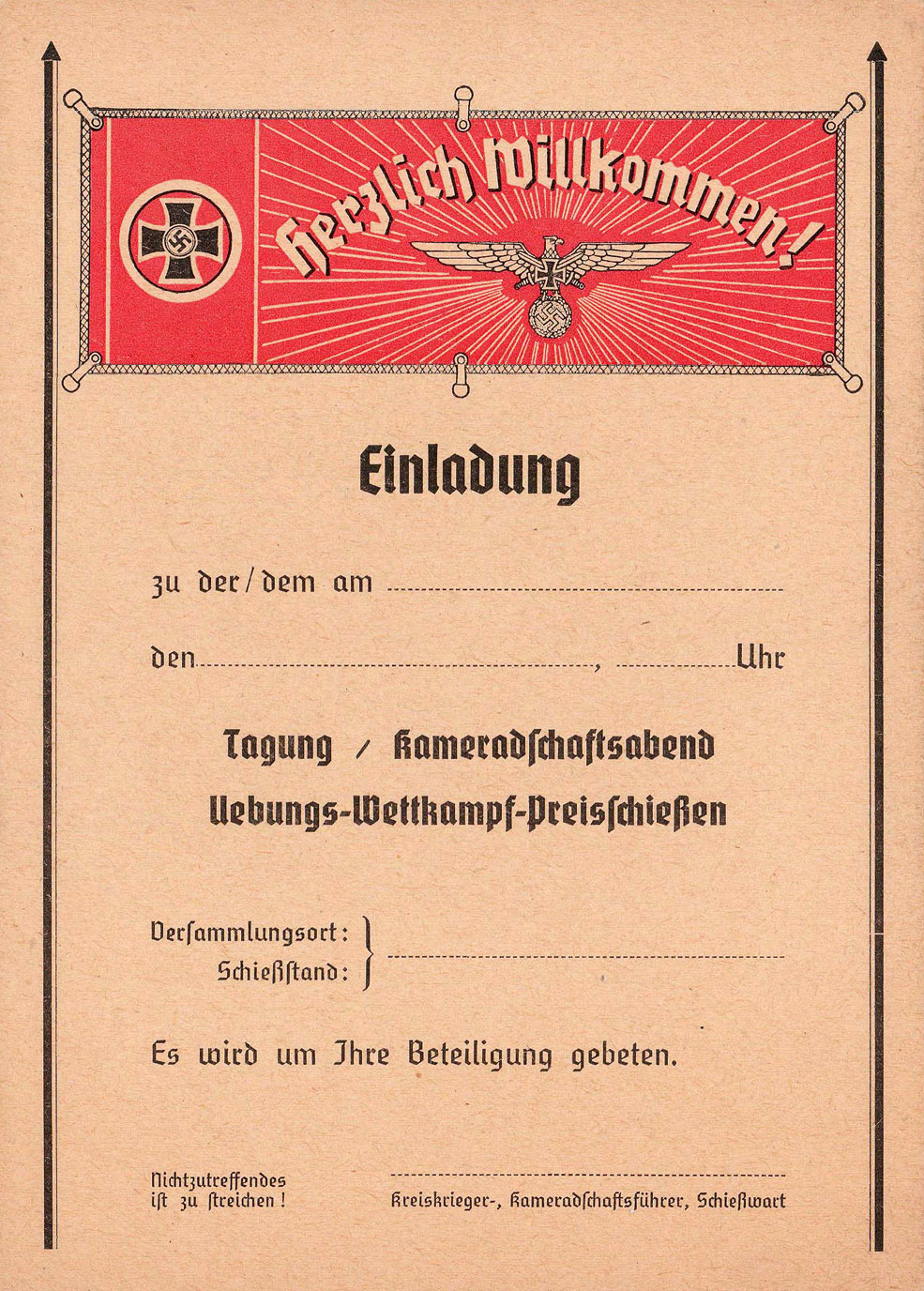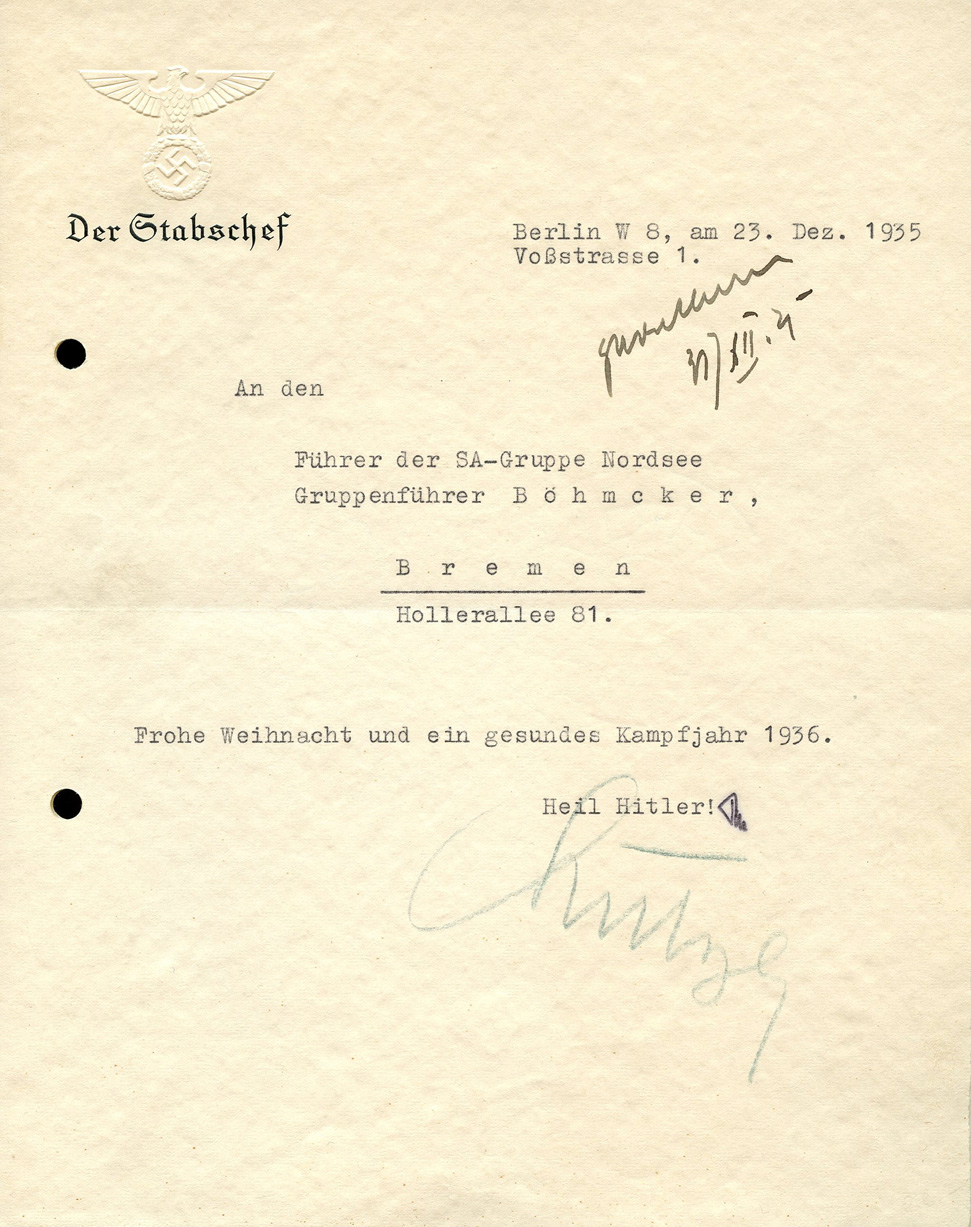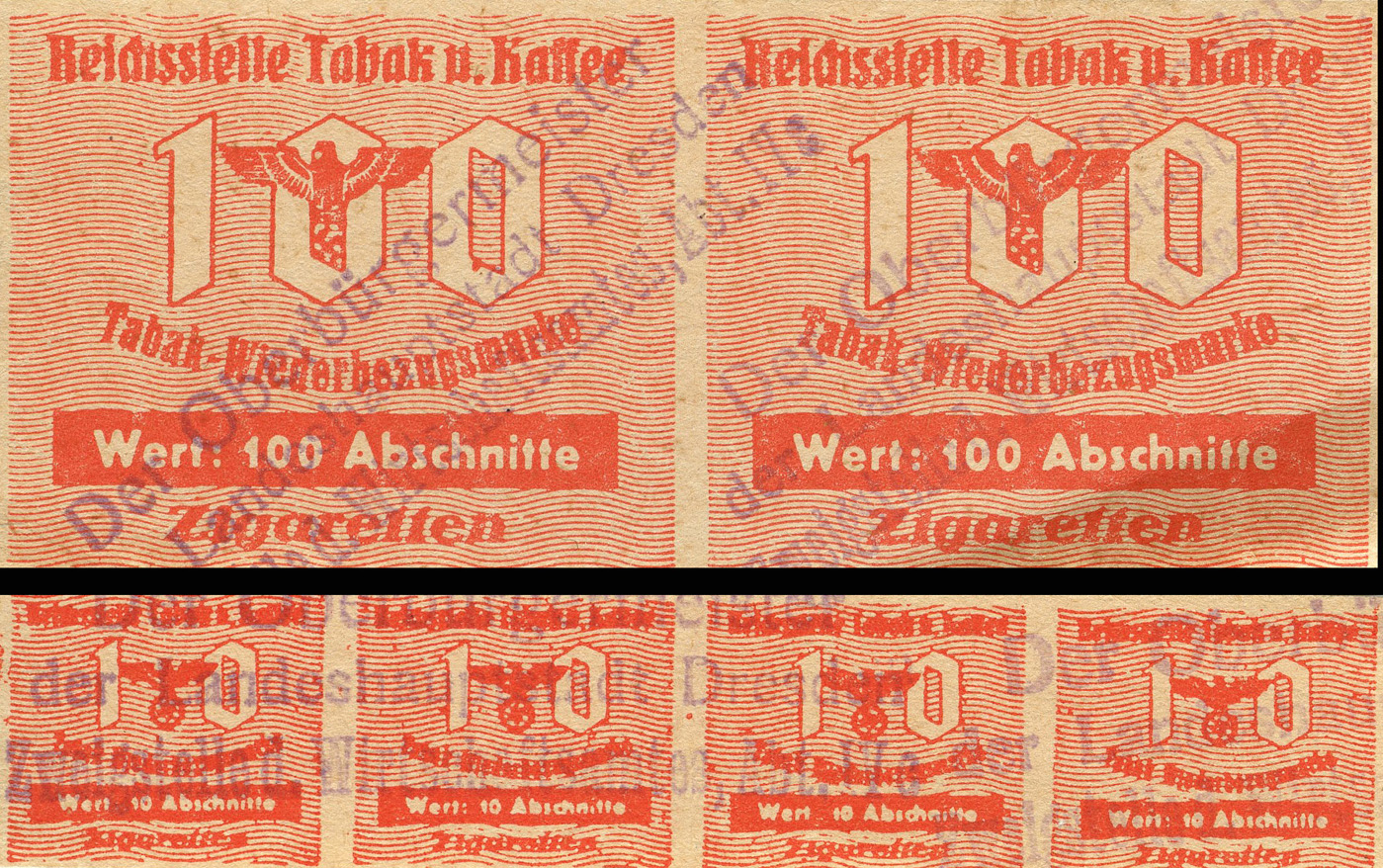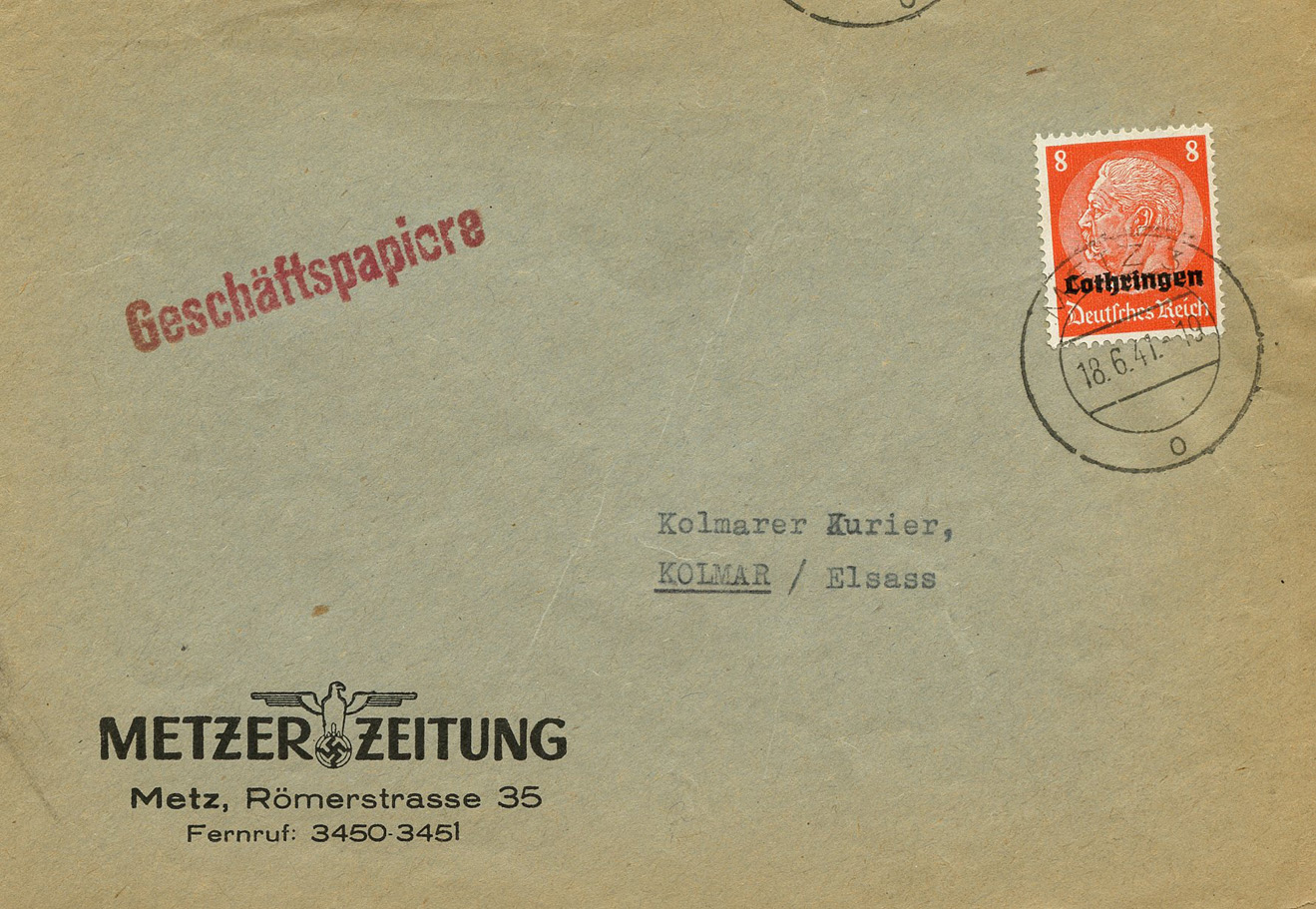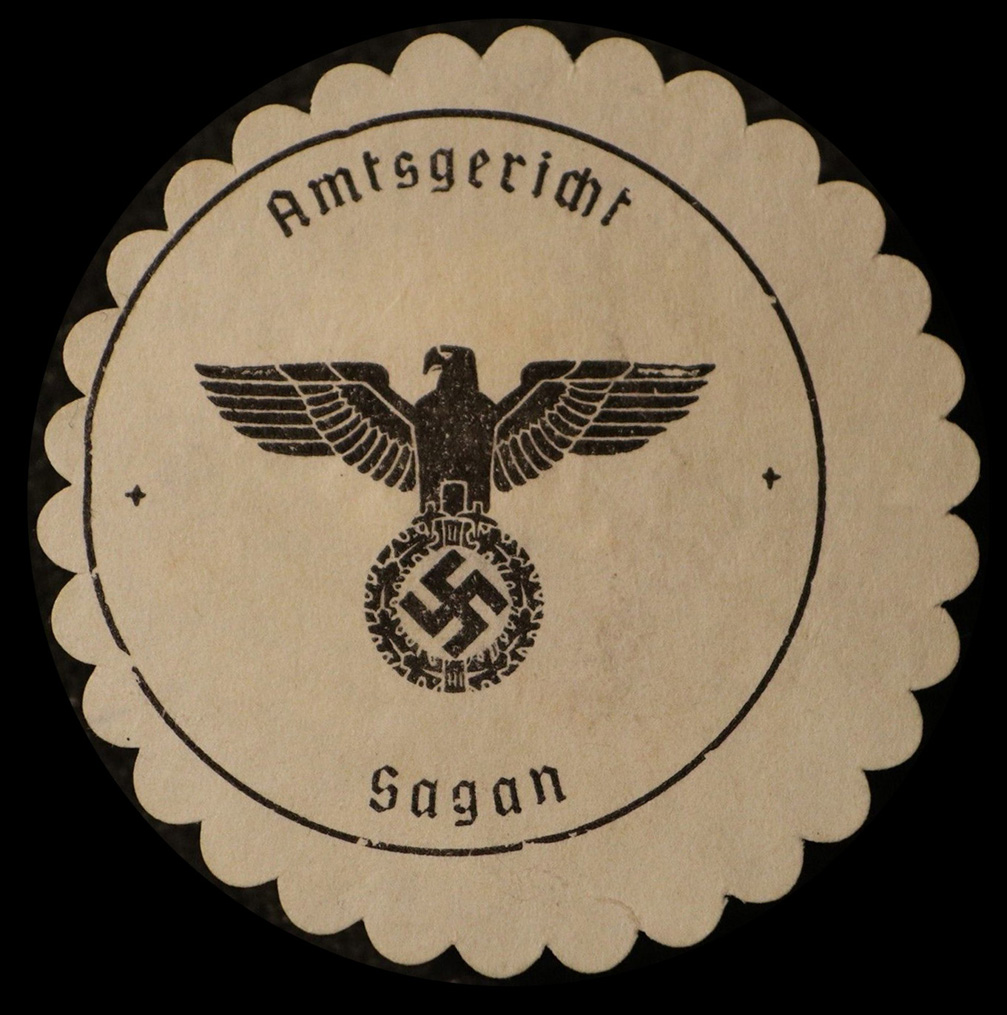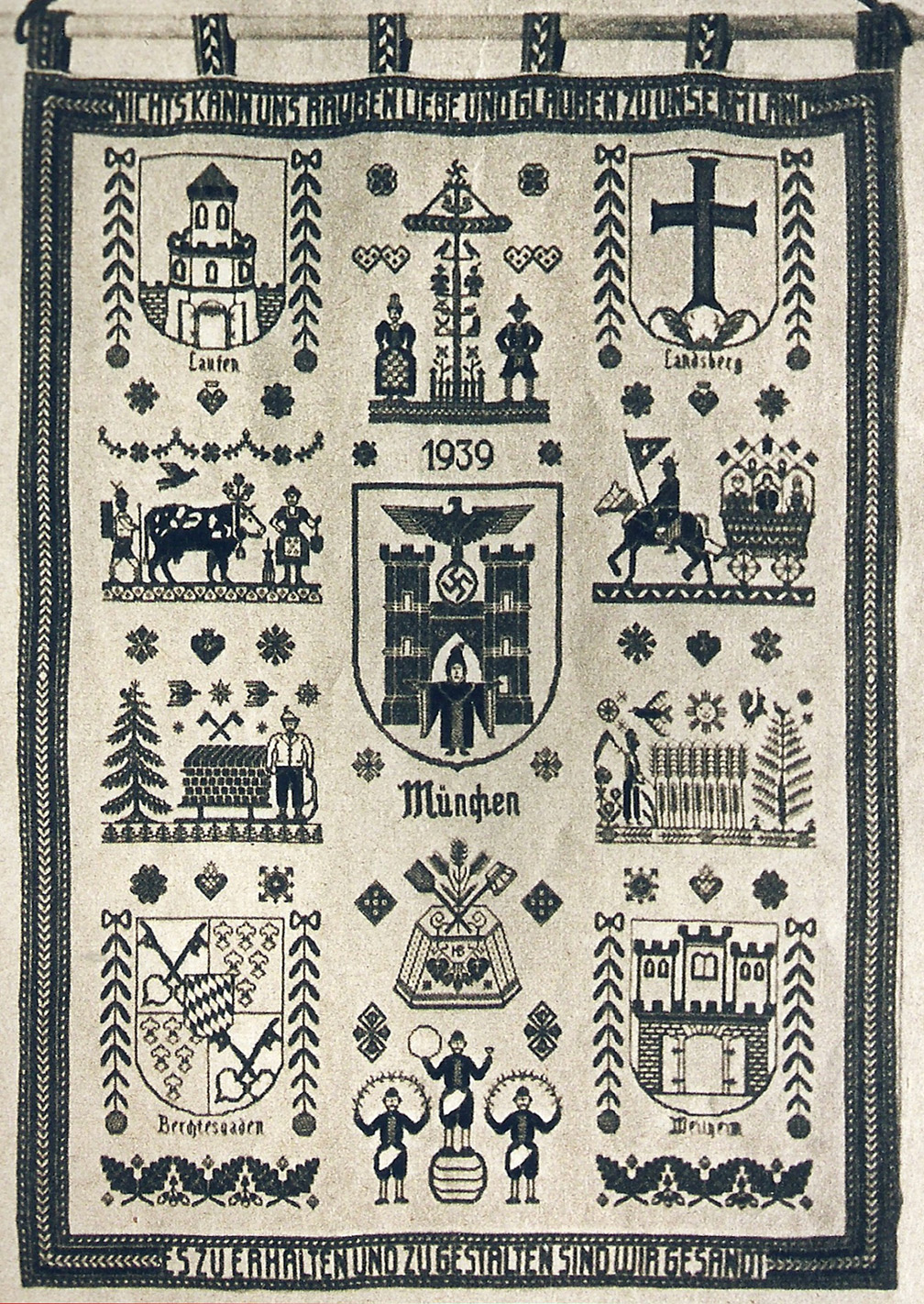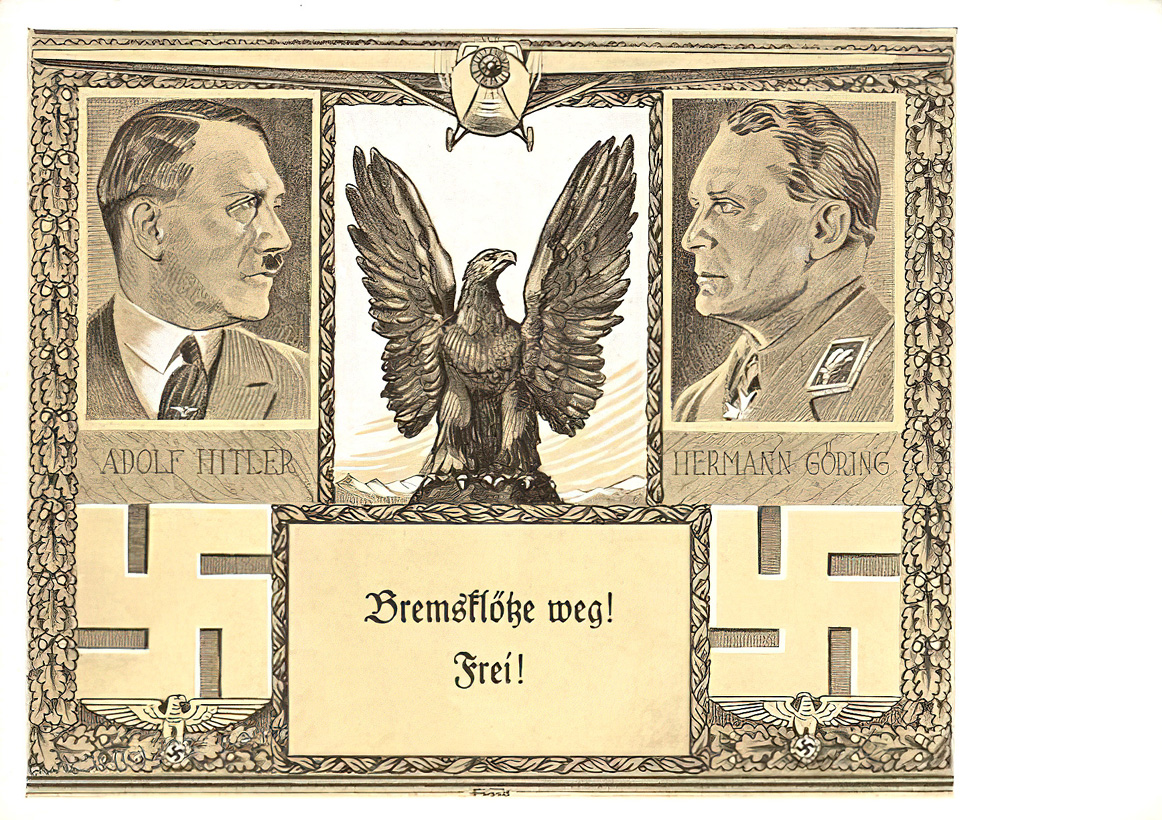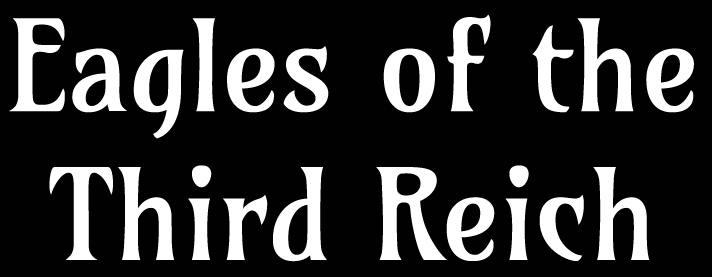
[Below: A beautiful postcard celebrating the German Wehrmacht.]
[Below: Postcard reverse. This bears a stamp from Bohemia and Moravia (Czechoslovakia) and was canceled in 1941.]
[Below: Check out the car flag.]
[Below: And another car flag. This picture was taken in the Ukraine.]
[Below: Wow, now this is beautiful! This insignia was worn on the front of a German/Prussian police shako hat.]
[Below: Metal sign of the Reichsnährstand, the farming/griculture branch of the NSDAP.]
[Below: This pin says:
'Reichsbund
(Reichs Association
[Below: The Brown House in the early 1930s. This is magical... so beautiful. Look at how small the men standing in front of the banners are... the banners are HUGE!]
[Below: An early residence of Adolf Hitler. The amazing plaque says:
'In Deisem Hause
(In this house
[Below: Here is an eagle made of limestone, which was attached to the entrance of 'Schloss Klessheim', a famous National Socialist Austrian palace which served as a meeting place for important foreign dignataries and the like.]
[Below: Schloss Klessheim had some beautiful tableware with unique eagles. Below is the handle of a knife and below it is the eagle from a silver plate.]
[Below: This is a 1939 book called 'Unsere Reichsregierung' (Our Reich Government).]
[Below: A beautiful WHW (Winterhilfswerk des Deutschen Volkes, or Winter Relief of the German People) envelope. February 28, 1937. The cancel advertises an international automobile and motorcycle show.]
[Below: Close-up.]
[Below: Here's the eagle from a postal banner from the Third Reich. The horn you see is the post horn, a horn that was used to signal the arrival or departure of a post rider or mail coach. A symbol of the post horn is used by many countries mail systems even today.]
[Below: Here's a philatelic sheet from Munich from January 30, 1938. 'Hauptstadt der Bewegung' (Capital of the Movement).]
[Below: Close-up.]
[Below: Nürnberg. Hoheitsadler in der Luitpoldarena (Nuremberg. Sovereign Eagle in the Luitpold arena). The Luitpold arena was the huge site of the NSDAP party rallies.]
[Below: Postcard reverse. The special cancel shows the eagle again.]
[Below: An impressive bakelite 'tinnie'. This is from the RDB (Reichsbund der Deutschen Beamten , also known as NS-Beamtenbund, meaning the Reich Federation of German Civil Servants) which was a trade union for German State Officials during the Third Reich. Its leader was Hermann Neef. Kerhessen is in western Germany and Kassel is its capital. 'Beamten Kundgebung' means 'Officials' Rally'. This rally took place on June 27-28, 1936.]
[Below: Hermann Neef.]
[Below: Dietrich Eckart commemorative medallion.]
[Below: Dietrich Eckart commemorative medallion. It says:
'Wir Alle Müssen erst Nach Aussen Jagen Bevor Wir Finden, Was Wir Finden Sollen'.]
[Below: Rosenberg is giving a speech at the inauguration of the Dietrich Eckart monument in his birthplace of Neumarkt in 1933. Those are some long and strange eagles!]
[Below: This envelope was postmarked in September of 1934, this eagle looks kinda sad and confused. Poor guy...]
[Below: Close-up.]
[Below: This says:
'Mit unseren Fahnen ist der Sieg!'
(With our Flags is Victory)]
[Below: This is a veteran's association postcard. Click to enlarge.]
[Below: Deputy Führer Rudolf Hess with a beautiful velvet podium banner.]
[Below: This postcard, bearing an odd little eagle, was postmarked on August 8, 1942.]
[Below: Close-up.]
[Below: A Wehrmacht newspaper called 'Der Sieg' (The Victory) from October 1944.]
[Below: This tapestry says:
'Ein Volk Sind Wir und Niemand Kann Uns Brechen. Ein Volk Bleiben Wir Und Keine Welt Wird Uns Je Bezwingen'
(We say from our mouths that no one can break our sprit. We remain as a people and no world power will defeat us).]
[Below: This beautiful postcard says:
'Ich will Jetzt nichts anderes sein als der erste Soldat des Deutsches Reiches!'
(Now I want to be nothing other than the first soldier of the German Reich!)]
[Below: Here is an early Viktor Lutze document dated December 23, 1935, sent to Führer der SA-Gruppe Nordsee Gruppenführer Böhmcker. It's on thick, parchment-like paper and the eagle is embossed. It says:
'Frohe Weihnacht und ein gesundes Kampfjahr 1936'
(Merry Christmas and a healthy fighting year 1936).]
[Below: Close-up of the beautiful embossed eagle.]
[Below: Heinrich Böhmcker (July 22, 1896 - June 16, 1944).]
[Below: This is a common postcard, but very cool. Check out the eagle behind the SA guy.]
[Below: Close-up of stamp.]
[Below: This has to be the most terrible eagle/swastika design ever made! What were they thinking?! I hope the person who designed this got fired. Maybe even thrown in Auschwitz for this desecration. And what's up with what looks to be a straw in the eagle's mouth? Anyway, these are ration tickets for coffee and tobbaco.]
[Below: Official envelope of the 'Mülhauser Tagblatt - Amtliche Tagezeitung für das Oberelsass' (Mülhauser Tagblatt - Official daily newspaper for Upper Alsace).]
[Below: Close-up.]
[Below: Here is another envelope from a German newspaper, this time from the Metzer Zeitung (Metzer Newspaper). This is from Metz, a city in northeast France, located near the tripoint along the junction of France, Germany and Luxembourg. You'll notice the normal German Hindenburg postage stamp is overprinted with the word 'Lothringen' (Lorraine), the hotly contested area of two world wars. This was postmarked on June 18, 1941.]
[Below: Eagle close-up.]
[Below: This is a death certificate from September 20, 1942 for Karl Engel's brother Josef. It says:
'Für
(For
[Below: This eagle is from a diplomatic senior officials summer issue visor cap.]
[Below: This picture shows a large advertisement for the 'Winterhilfswerk des Deutschen Volkes' (Winter Relief of the German People). It says:
'Gebt
(Give
[Below: Not an eagle of the Third Reich, but I didn't think you would mind. This is the cover of an fascist Italian book - 'Vincere' (Victory).]
[Below: This (very crooked!) is an official seal, it says: 'Amtsgericht - Sagan' (Local court - Sagan). Sagan was a part of German Silesia, but was stolen and given to Poland after WWII.]
[Below: This Munich tapestry was possibly made by the wife of Rudolf Hess. At the top it says:
'Nichts Kann Uns Rauben Liebe Und Glauben Zu Unserm Land'
(Nothing can rob us of love and faith in our country)
At the bottom it says:
'Es Zu Erhalten Und Zu Gestalten Sind Wir Gesandt'
(We are sent to preserve and shape it)]
[Below: This beautiful 1932 election postcard shows Adolf Hitler and Hermann Göring.]
[Below: Wow, imagine how huge that eagle must have been in real life...]
[Below: This is some sort of veteran's eagle. '4. Reichsfahrt' means 4th Reichs Trip.]
[Below: Another veteran's eagle, except this one from the '3. Reichsfahrt'.]
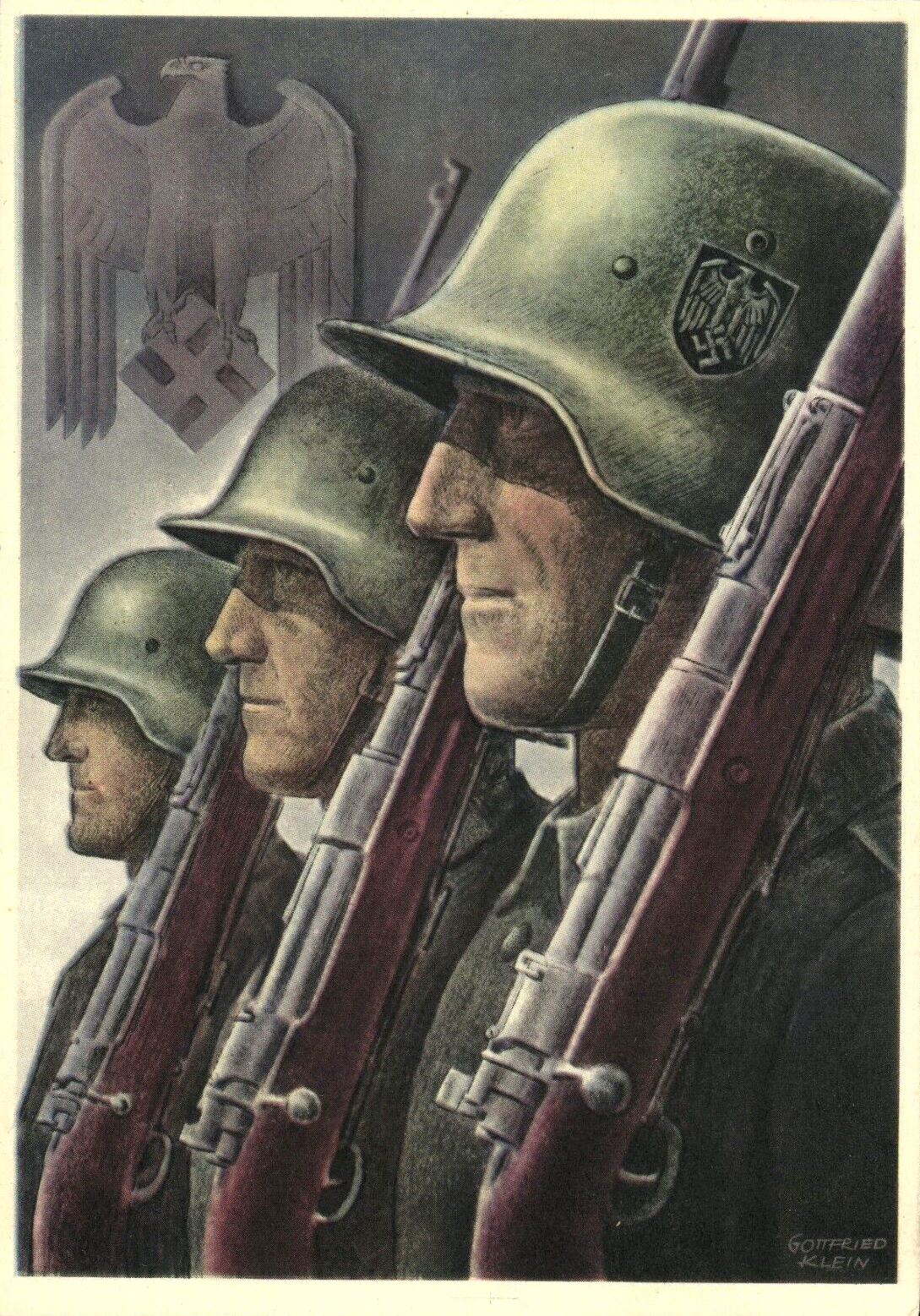
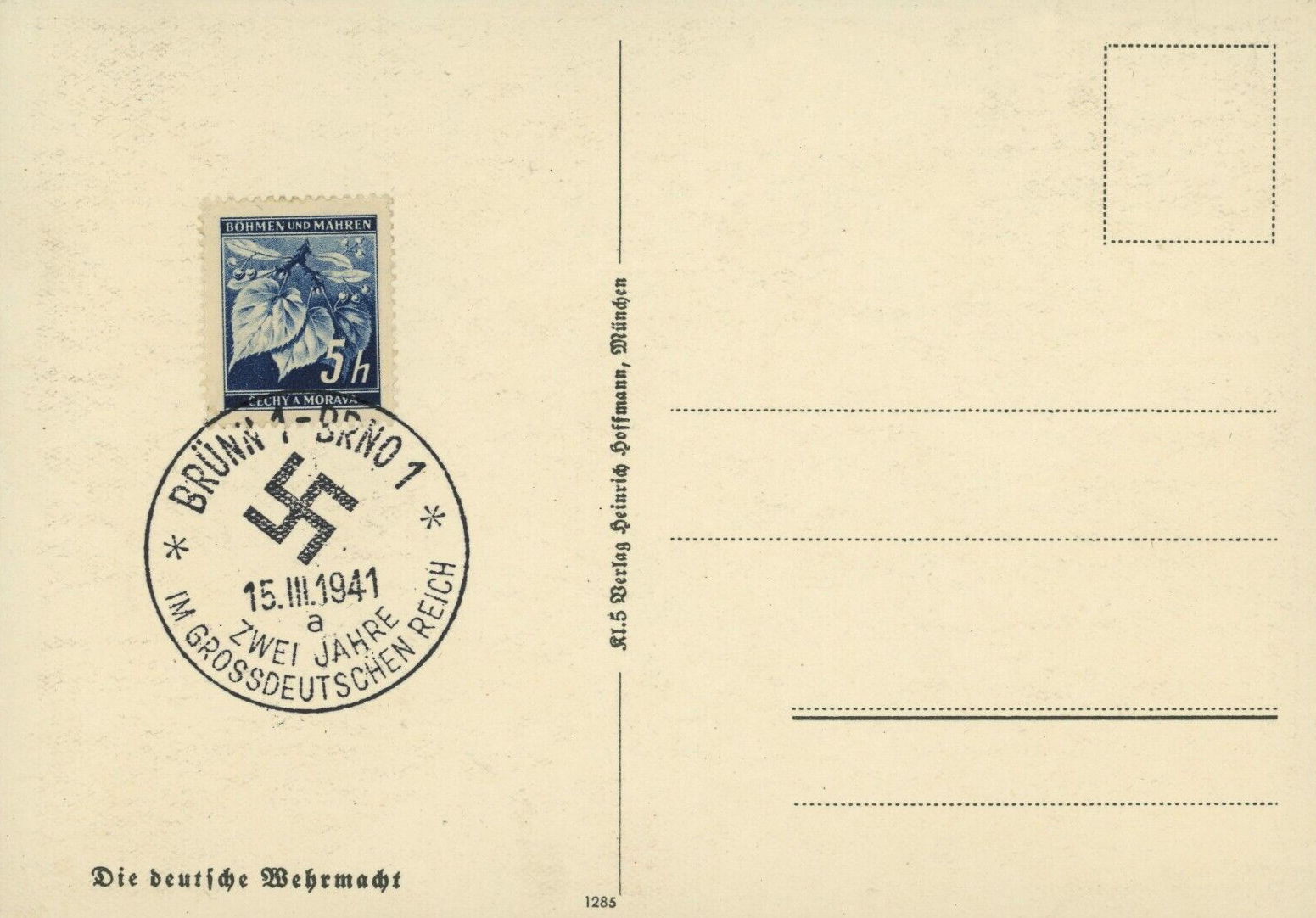
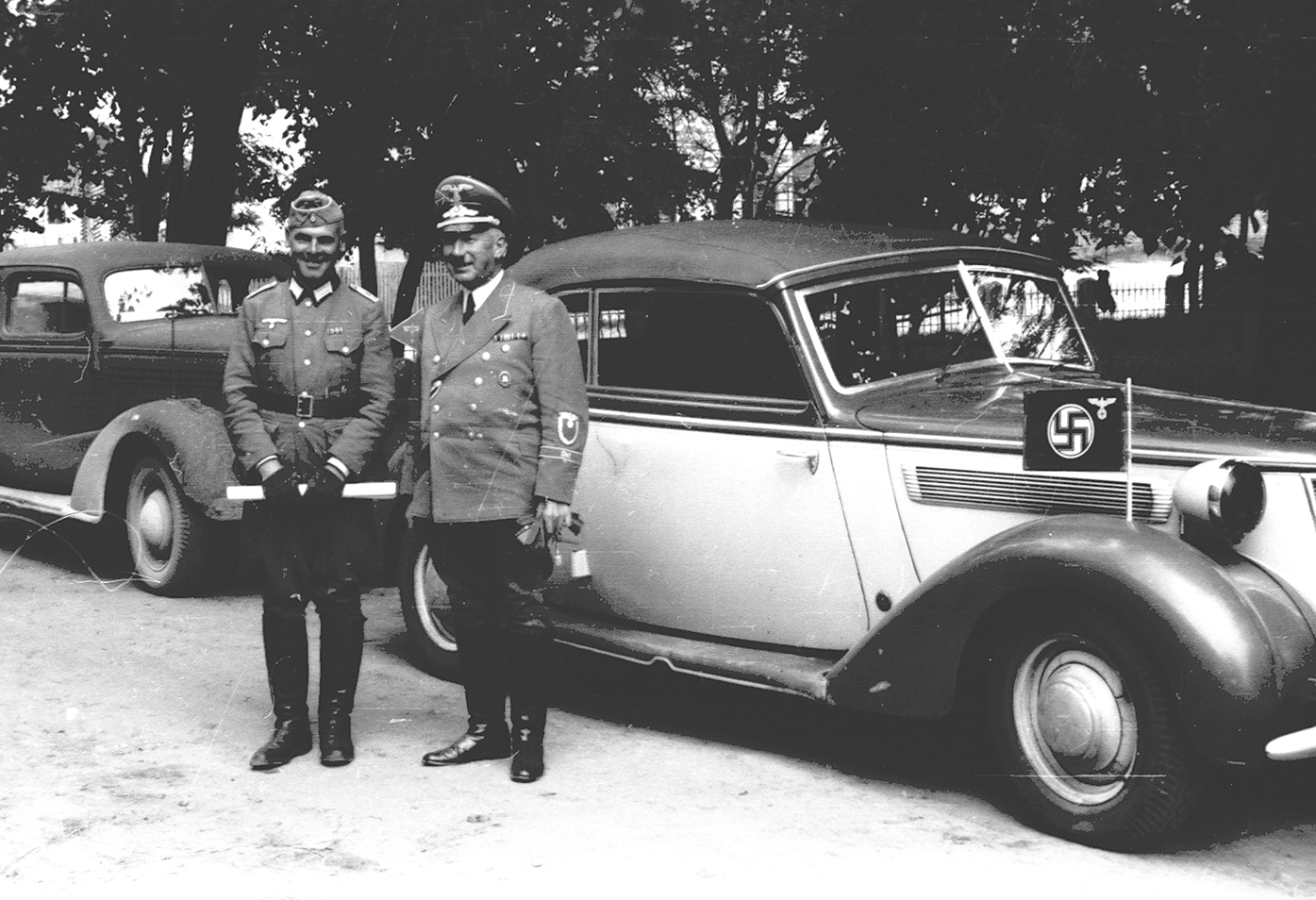
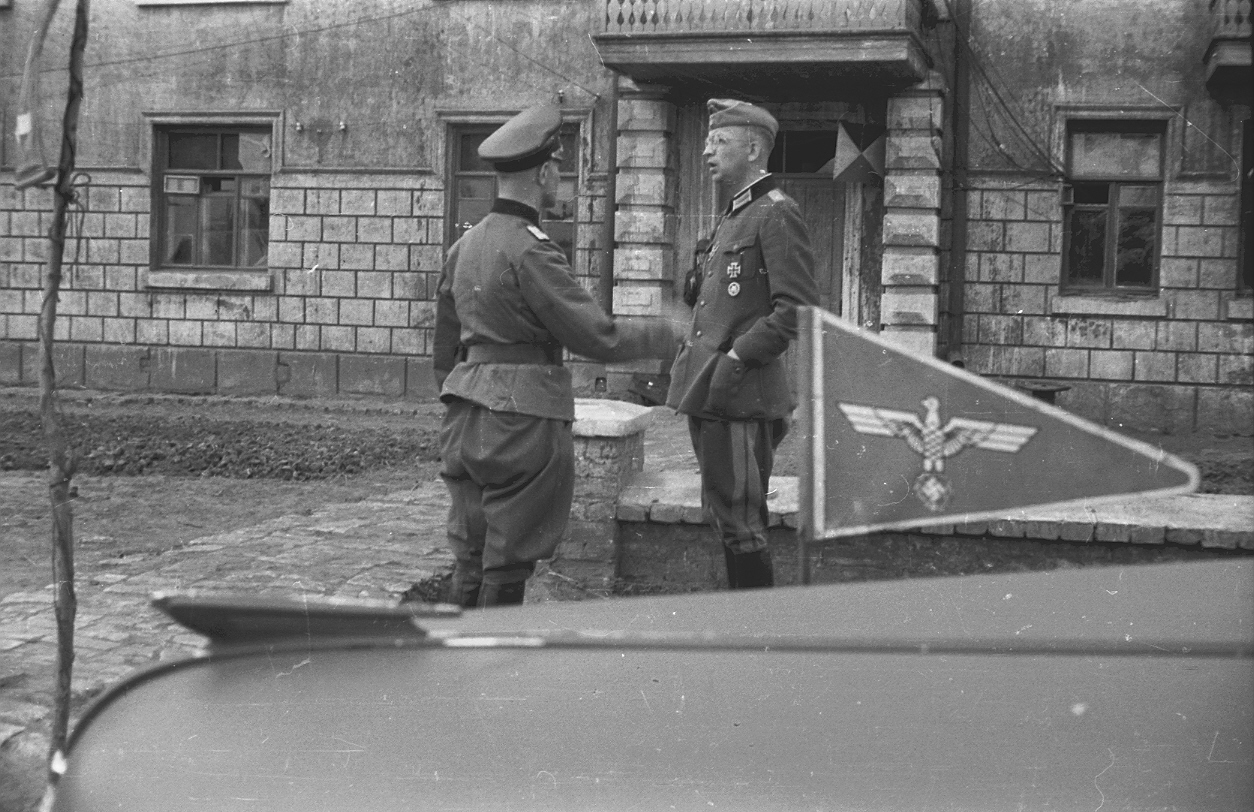
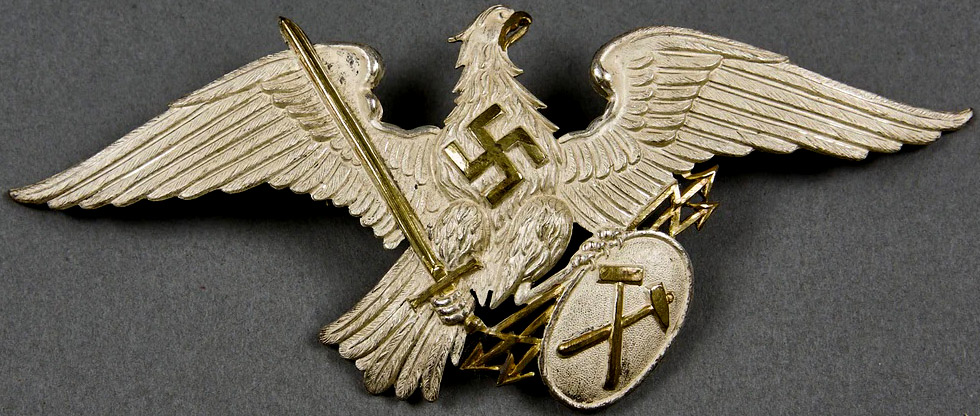
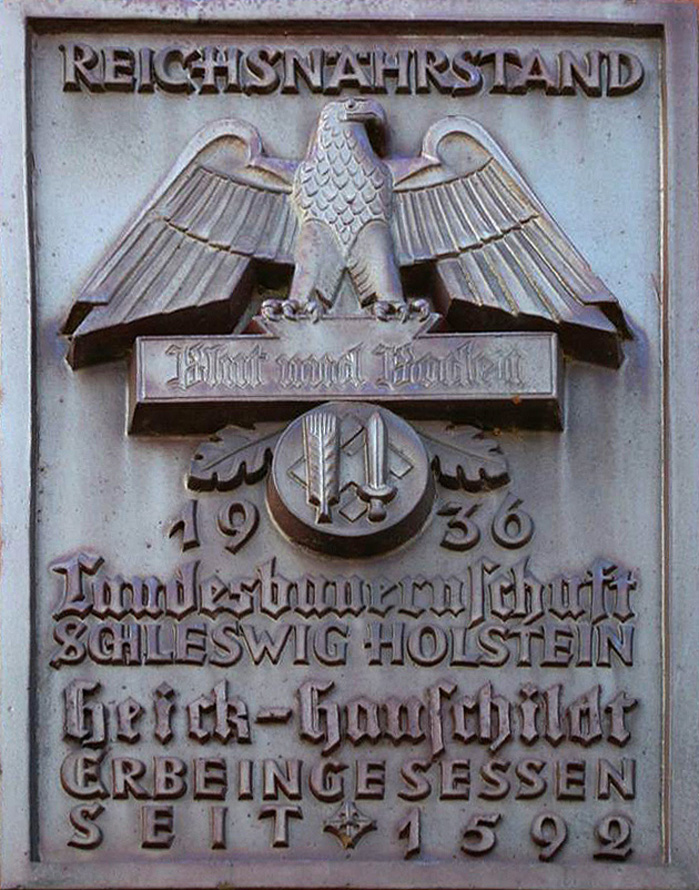
Deutscher
Kleingärtner'
German
Small Gardeners).]
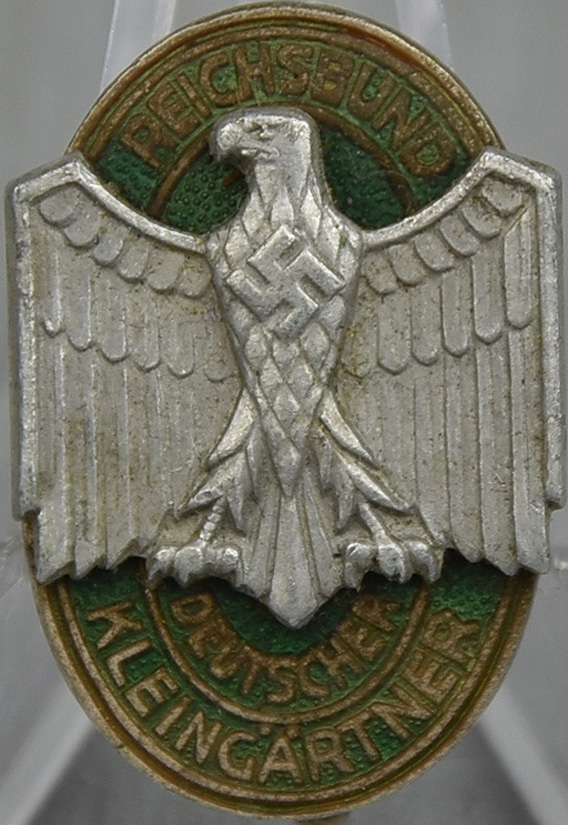
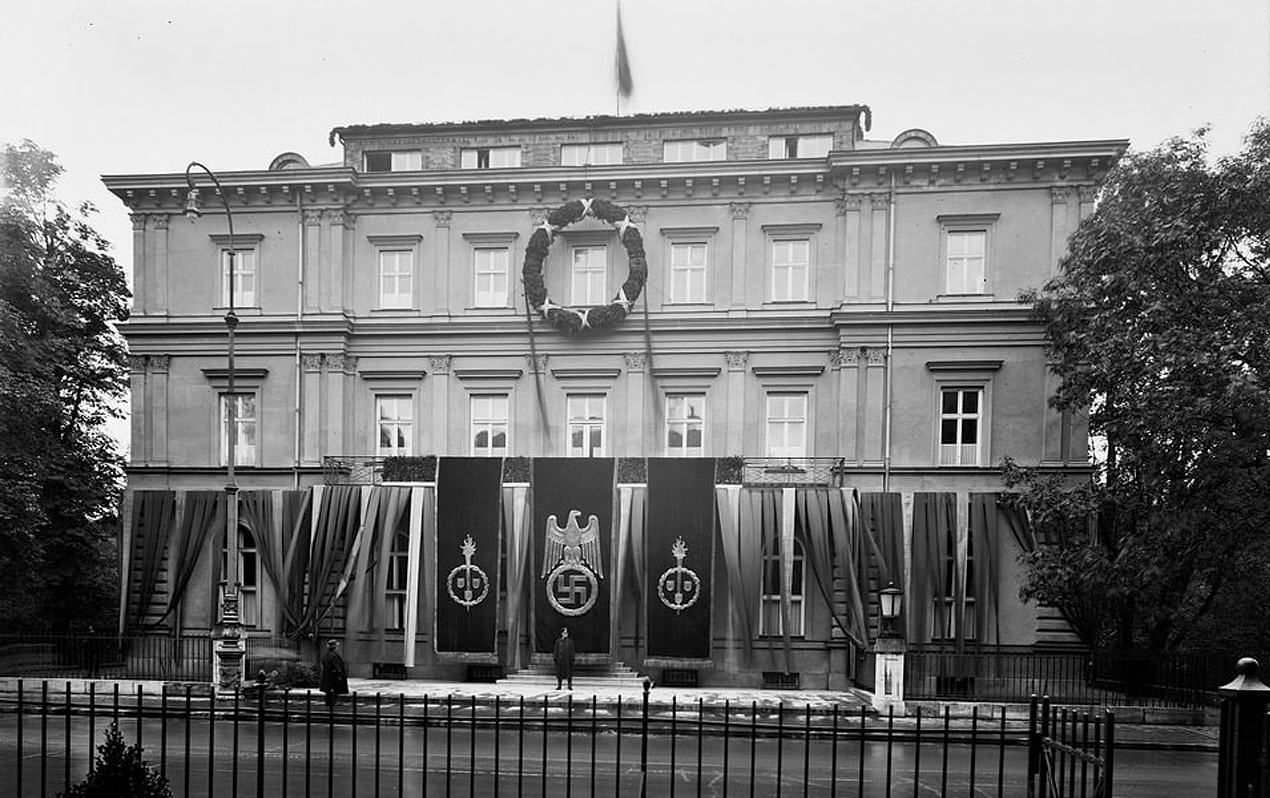
Wohnte
Adolf Hitler
in der Zeit
vom Fruehjahr 1912
bis zum tag Seines
Freiwilligen Eintritts
in den Kriegsdienst
im August 1914'
lived
Adolf Hitler
in the time
from spring 1912
until the day of his
voluntary entry
into military service
in August 1914).]
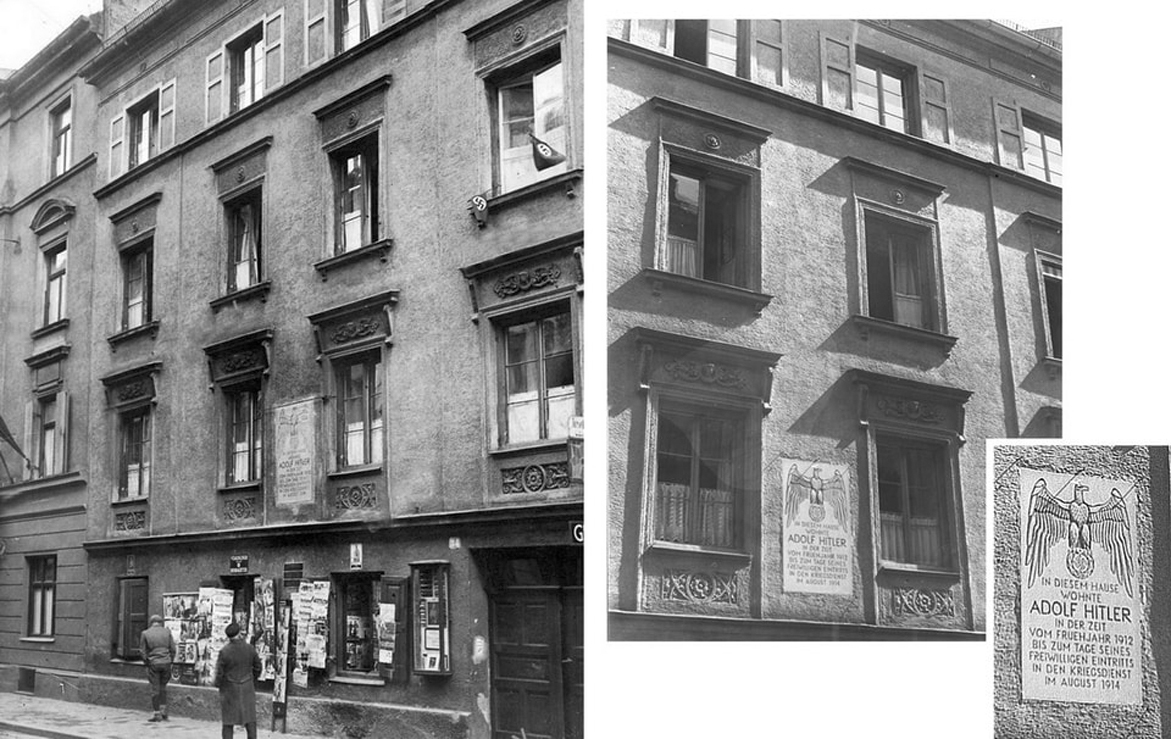
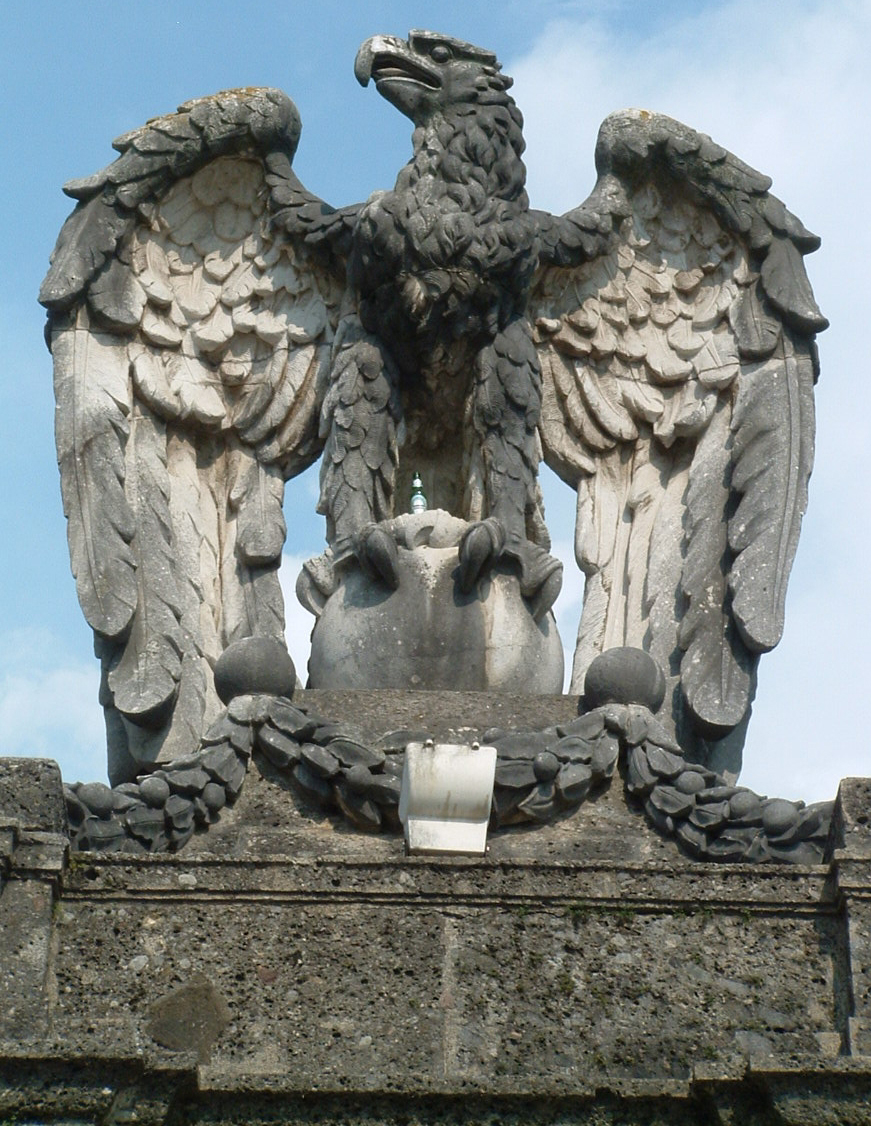
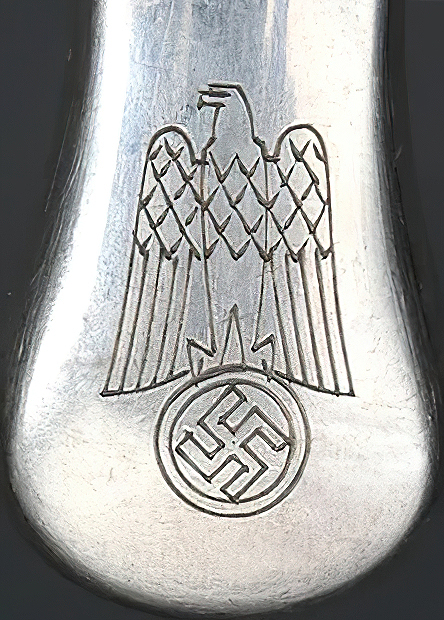
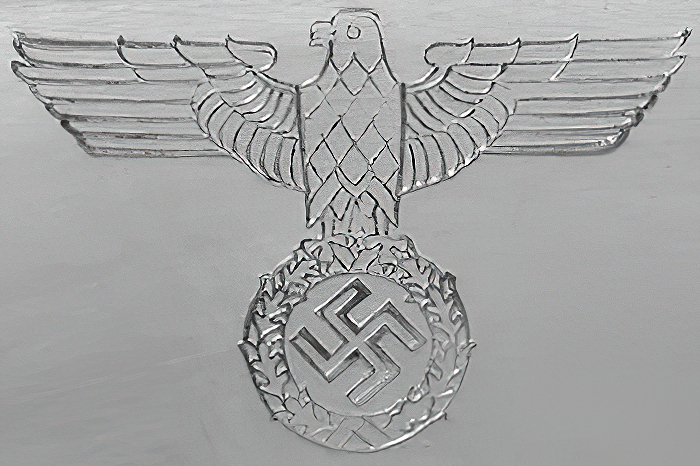
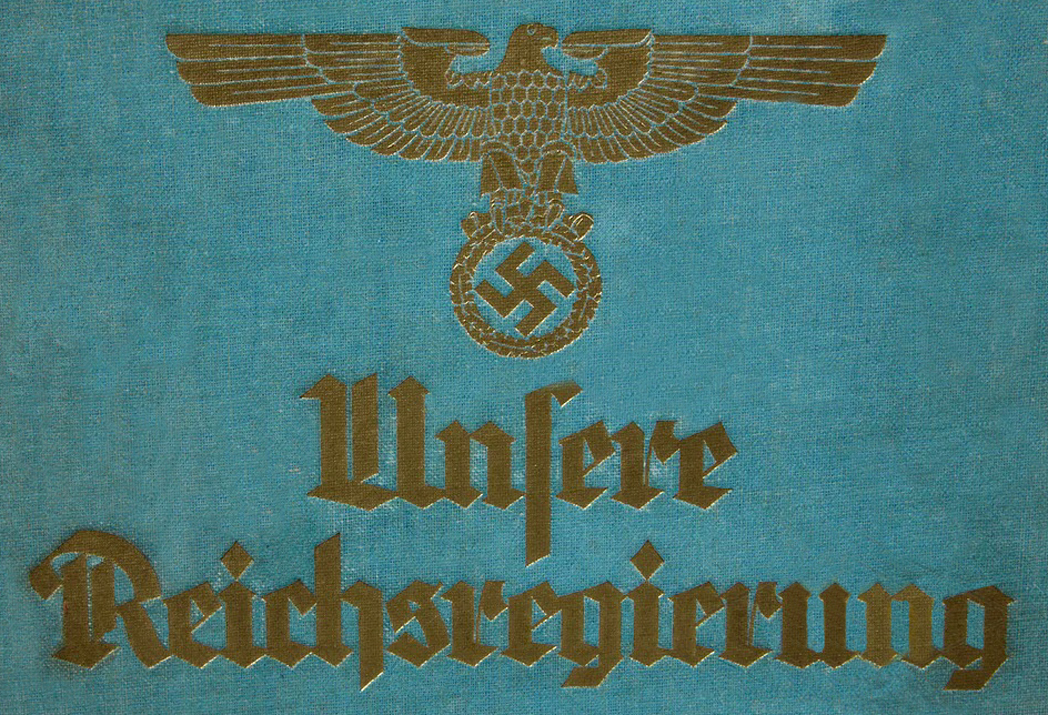
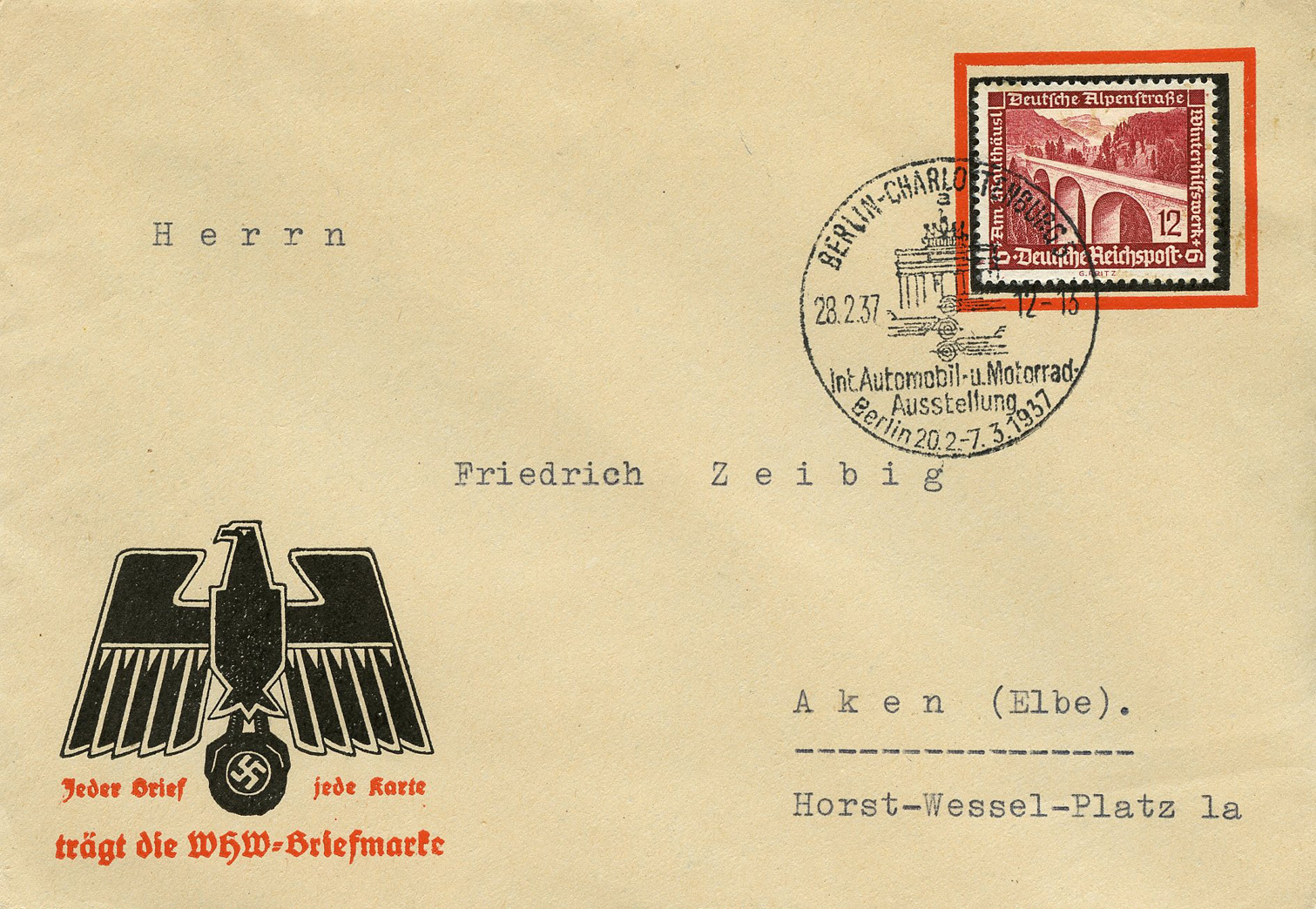
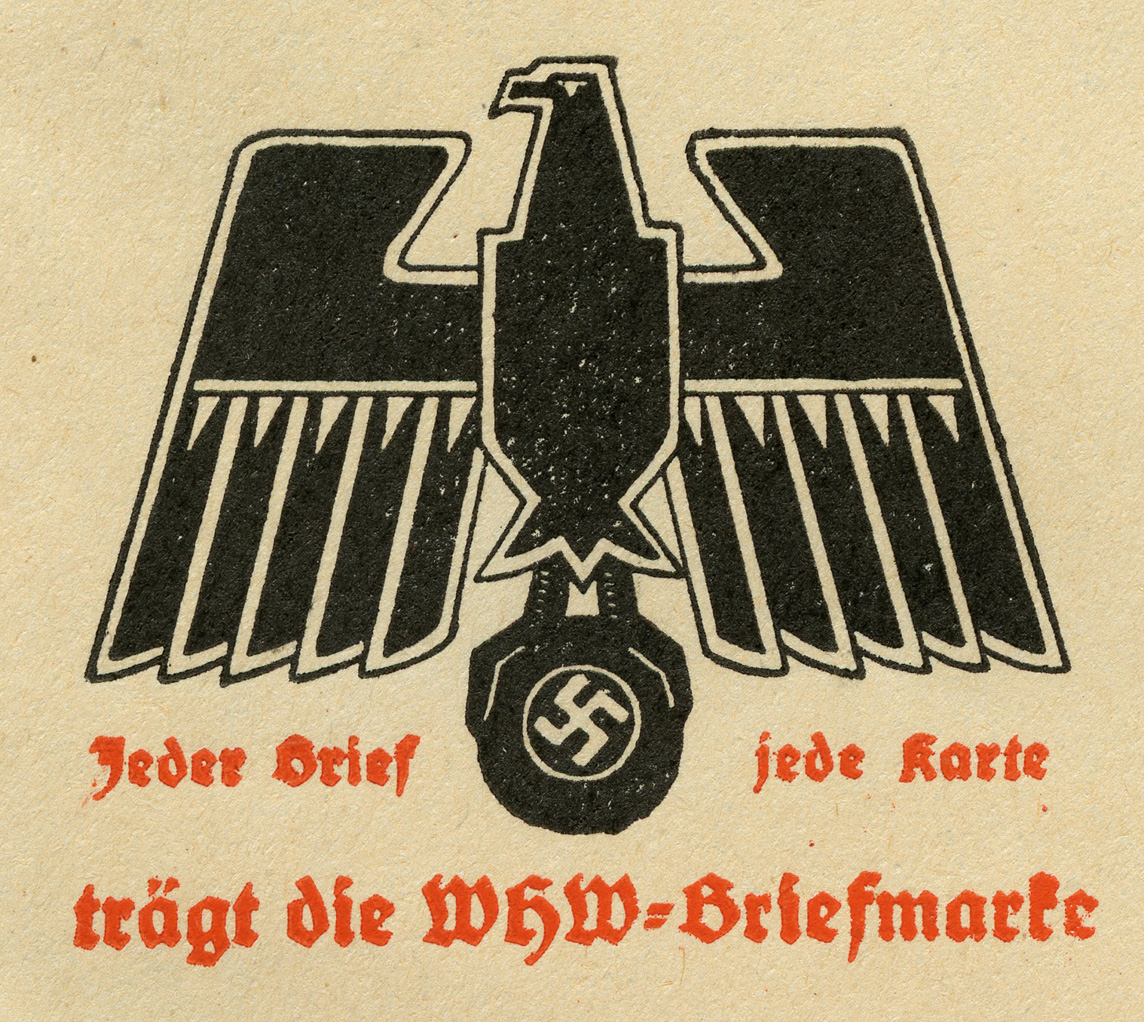
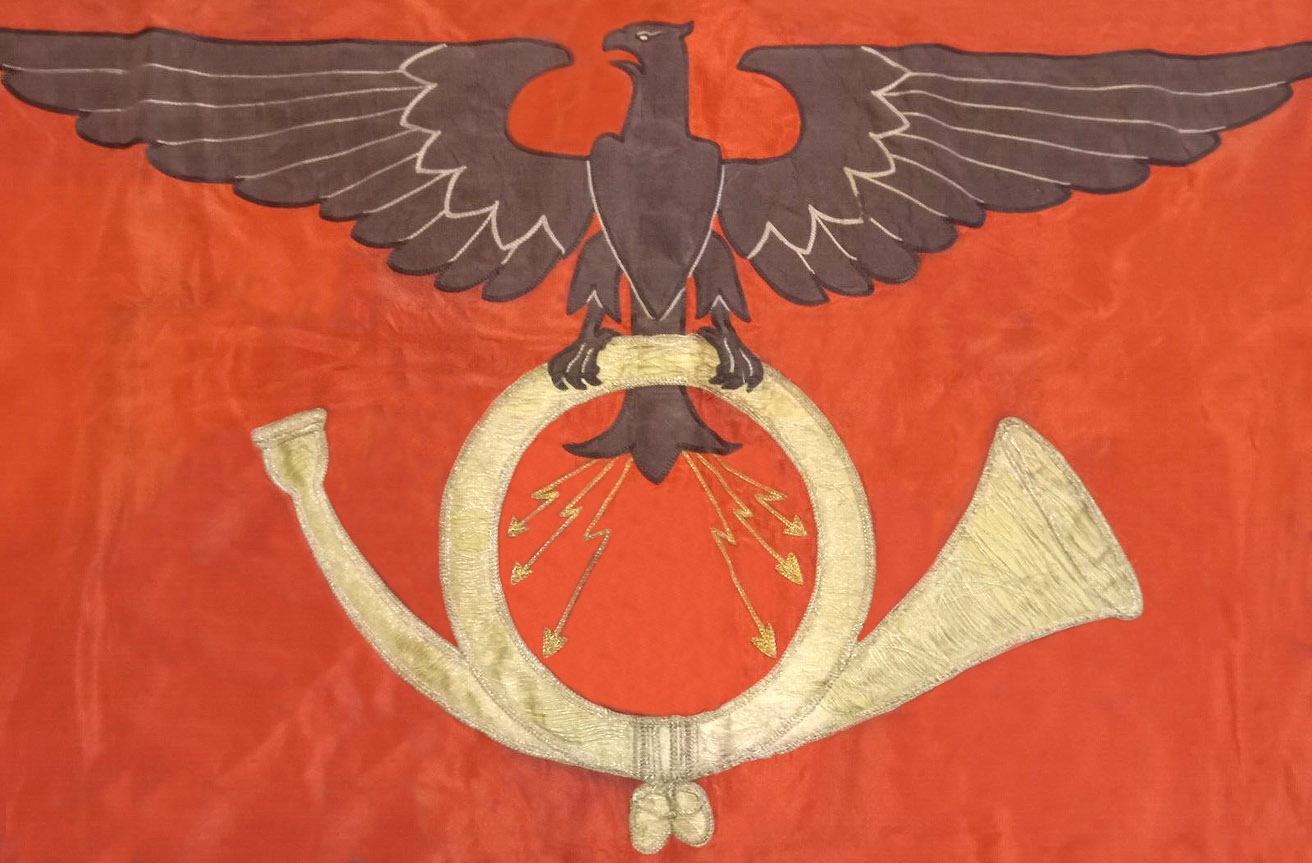
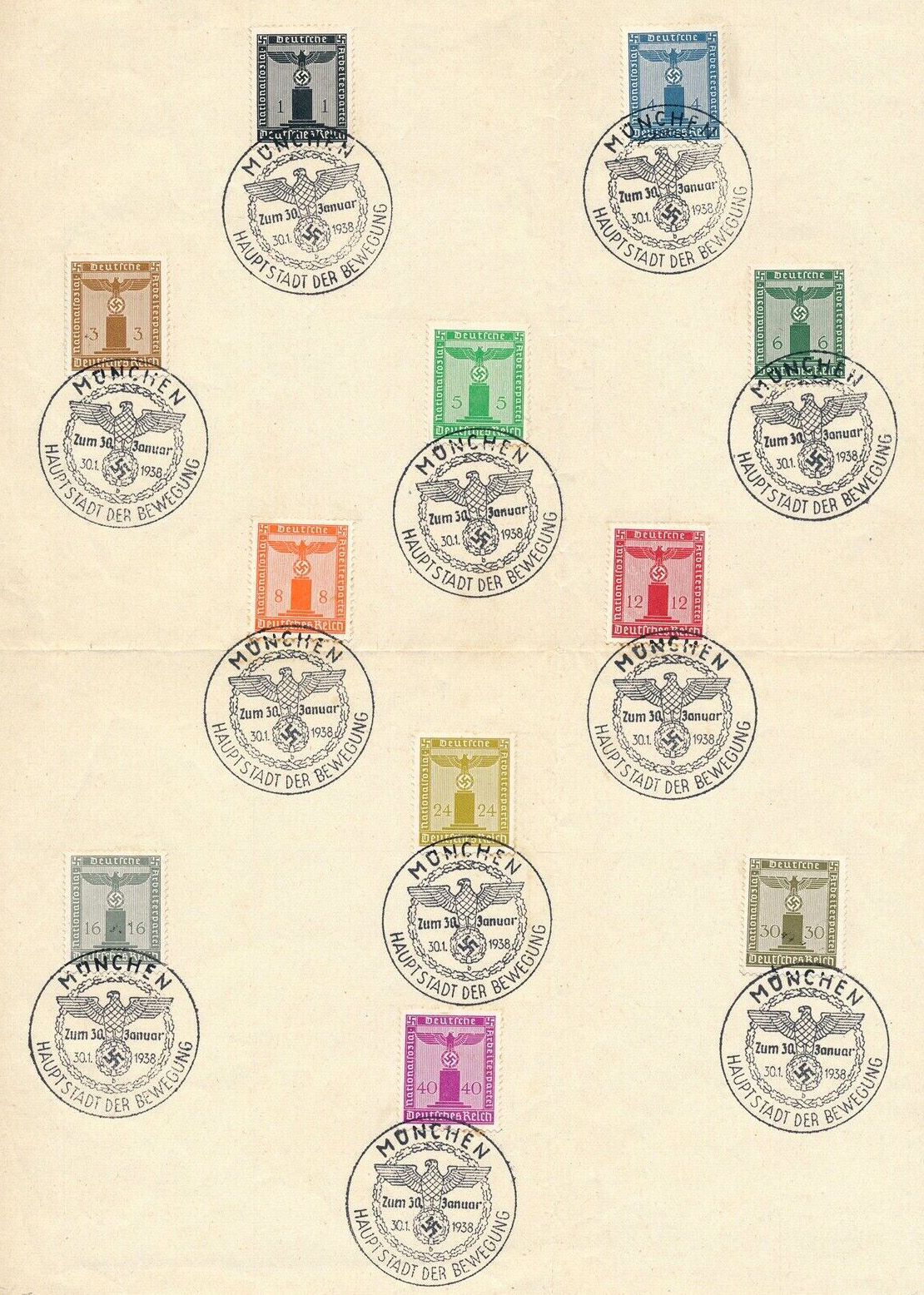
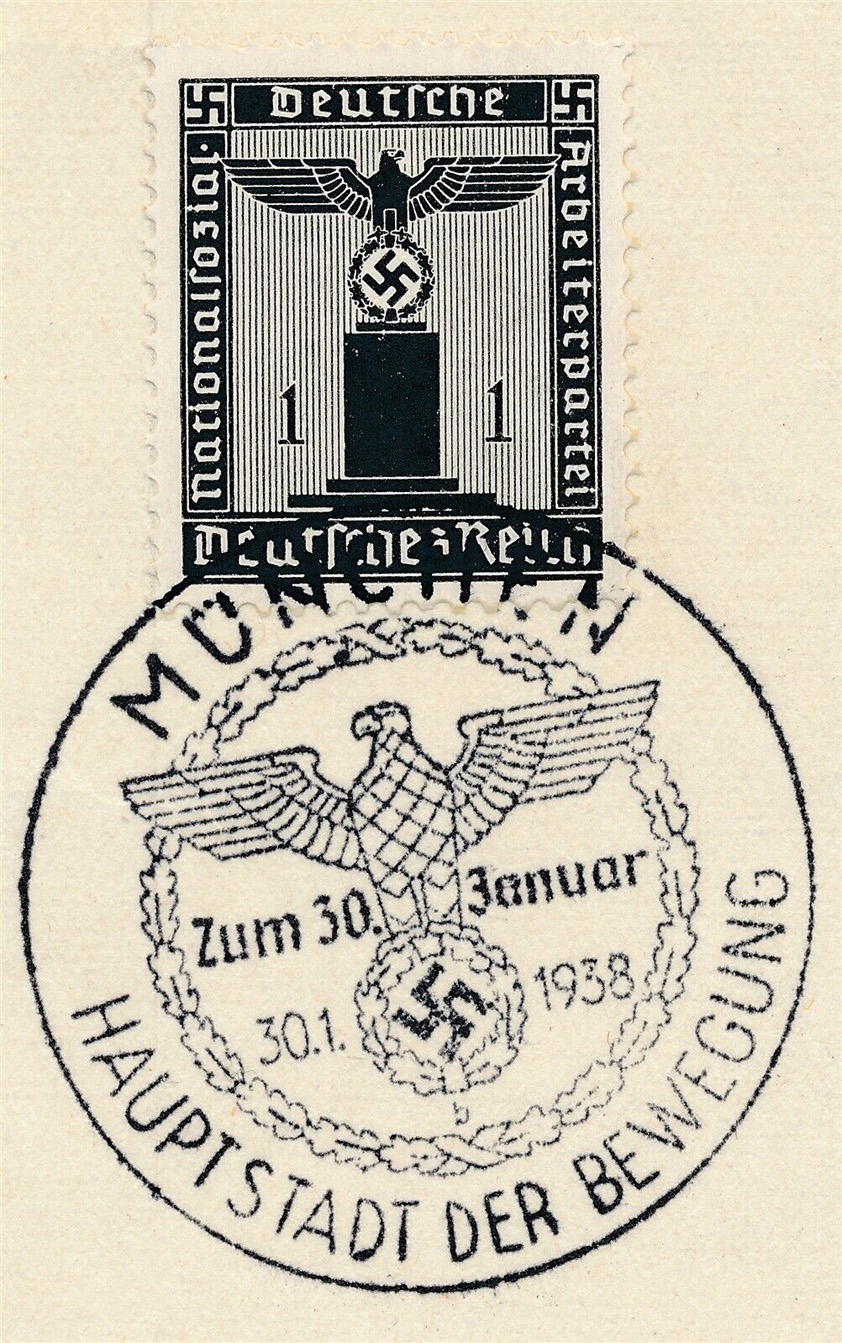
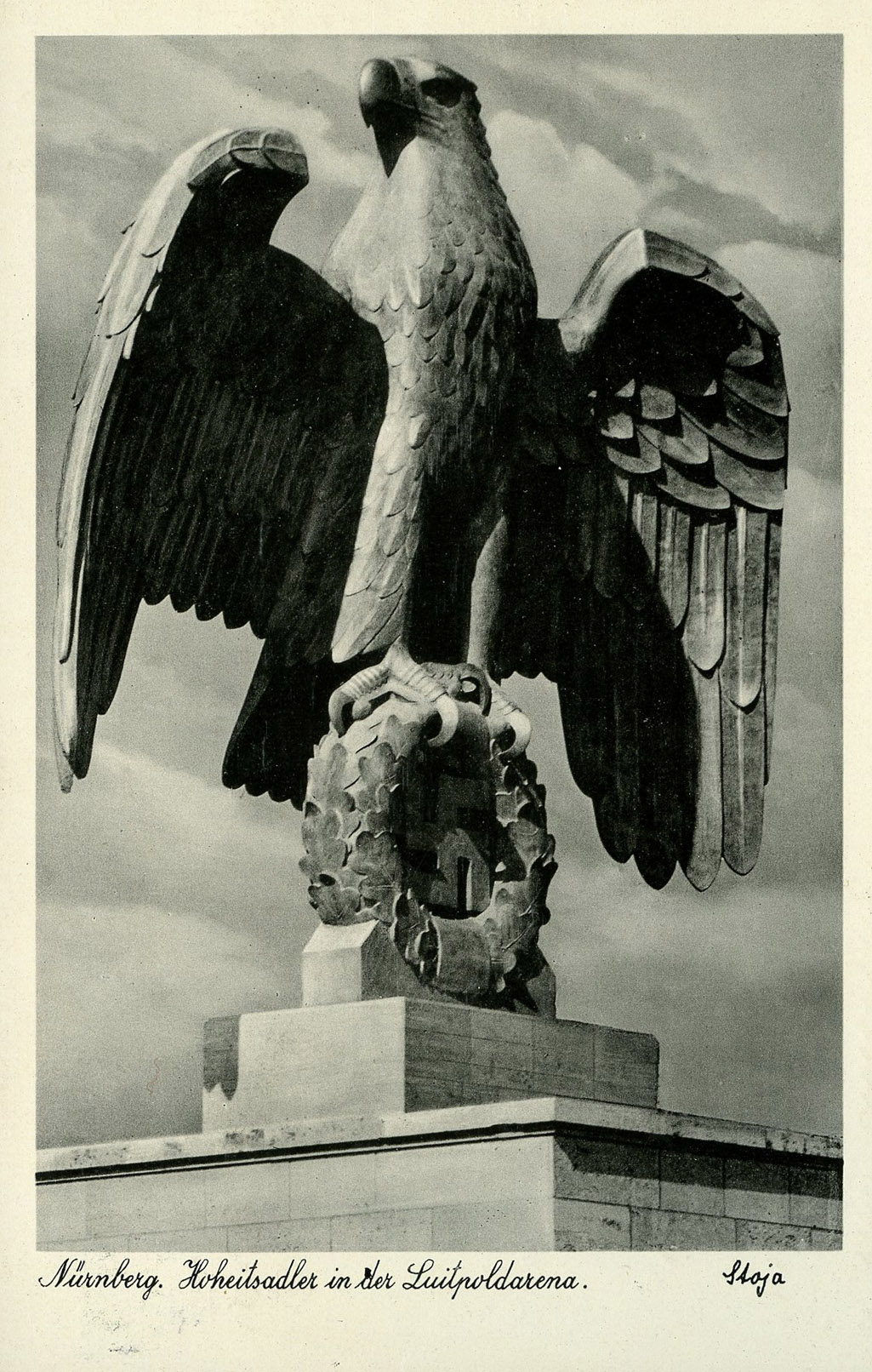
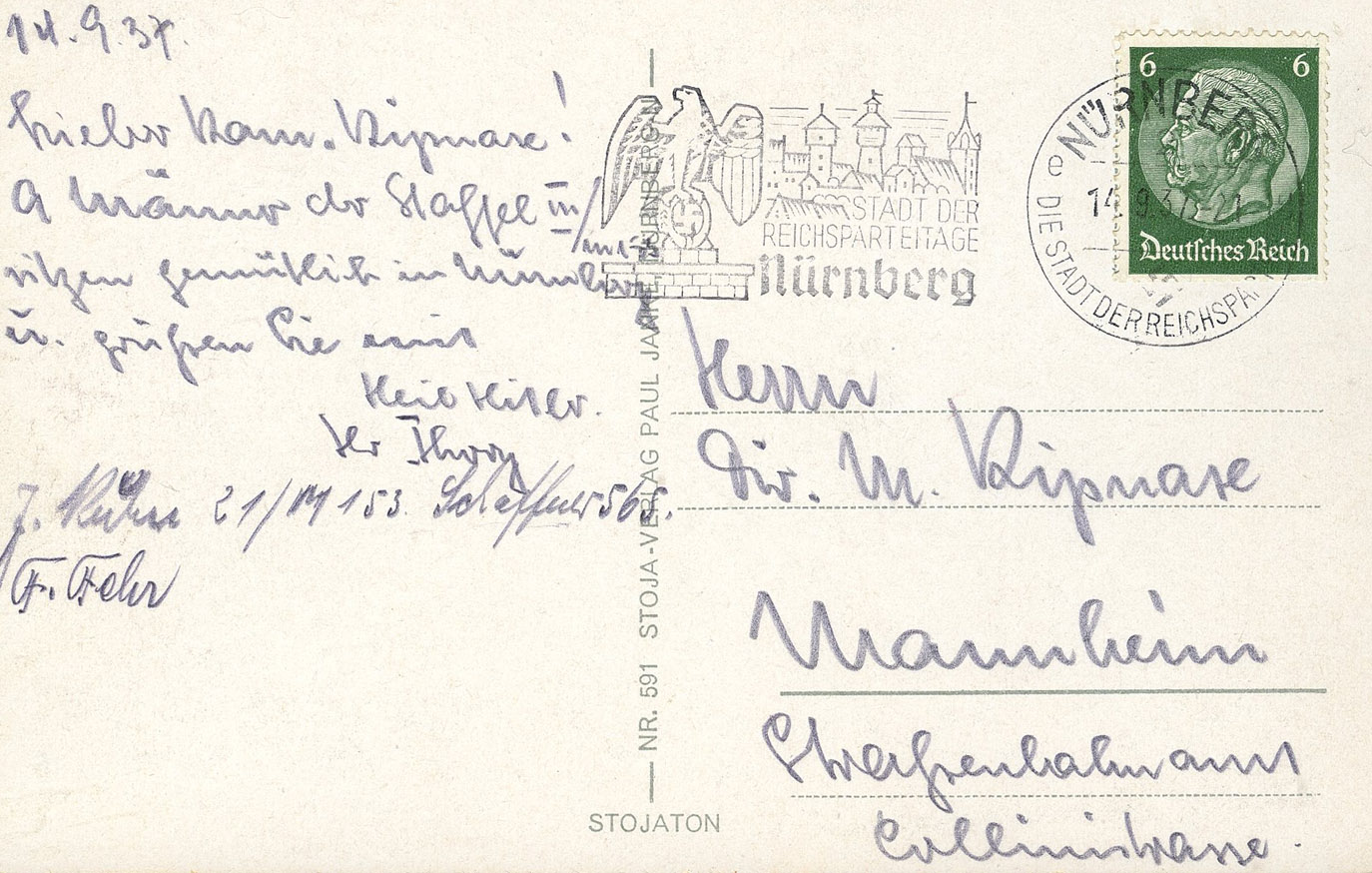
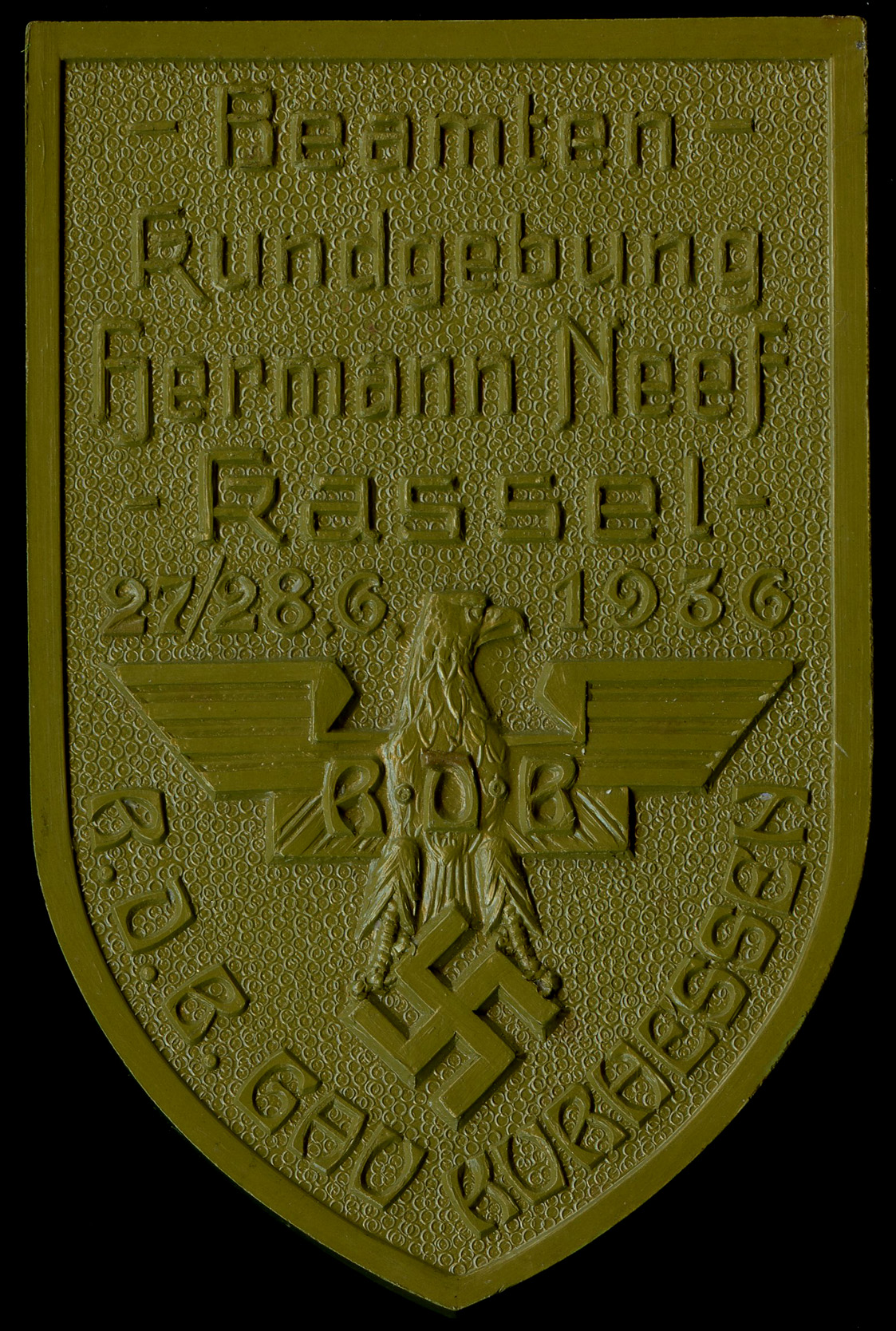
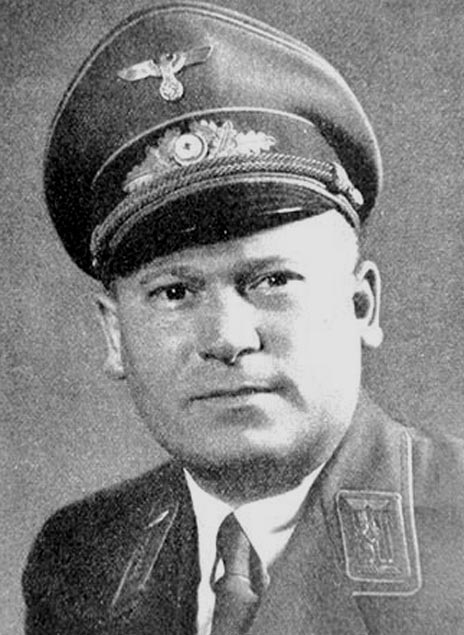
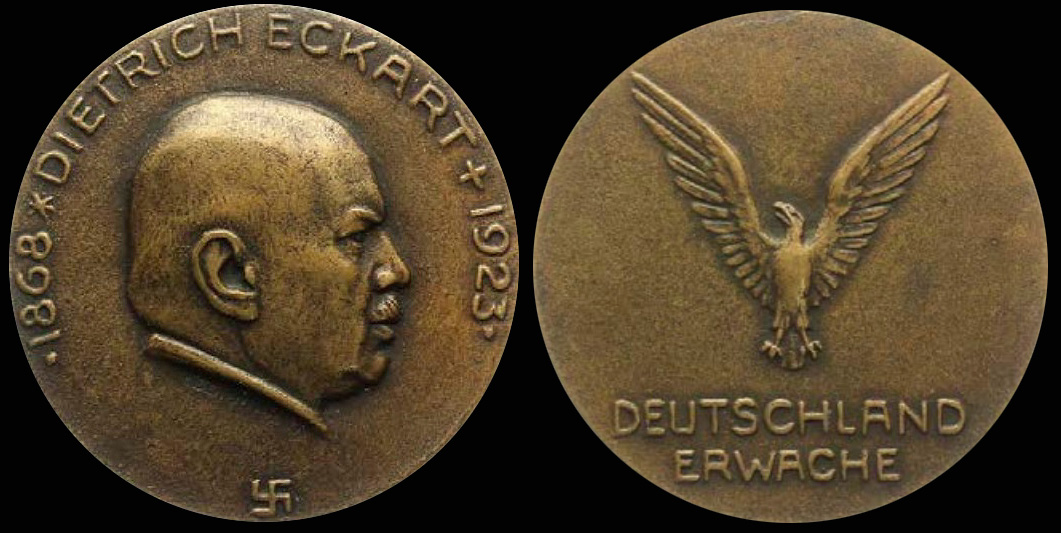
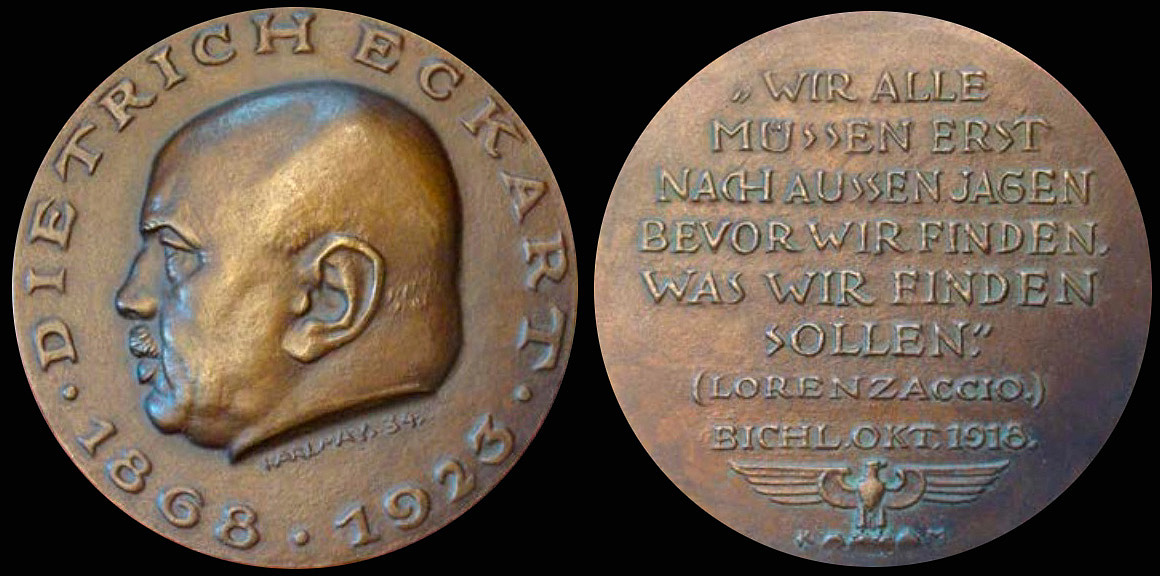
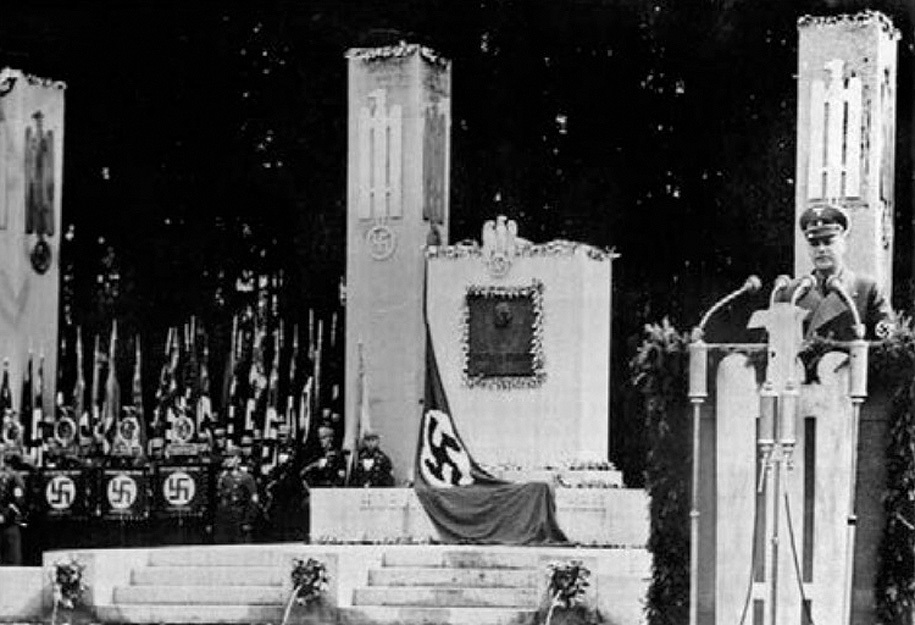
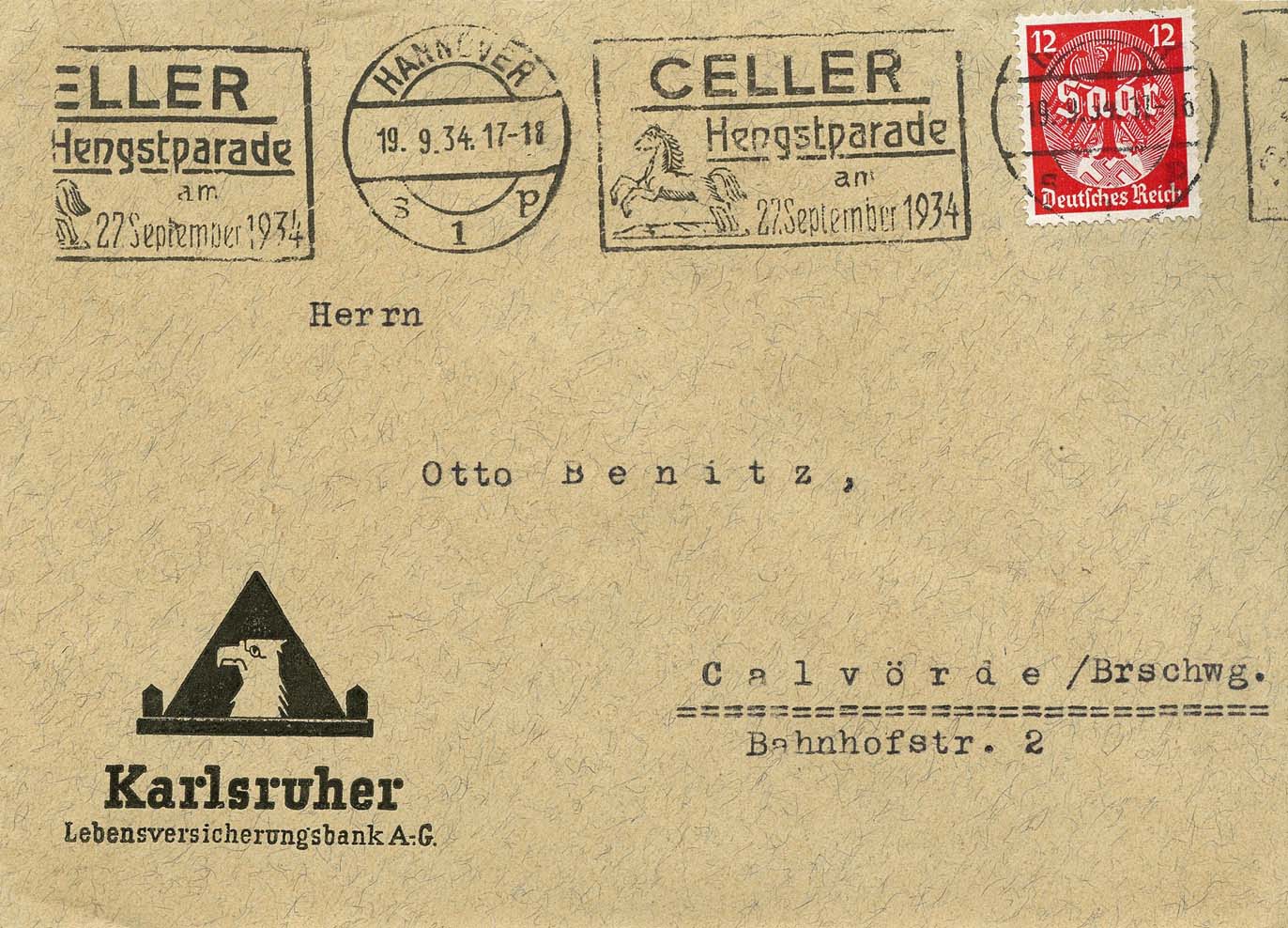
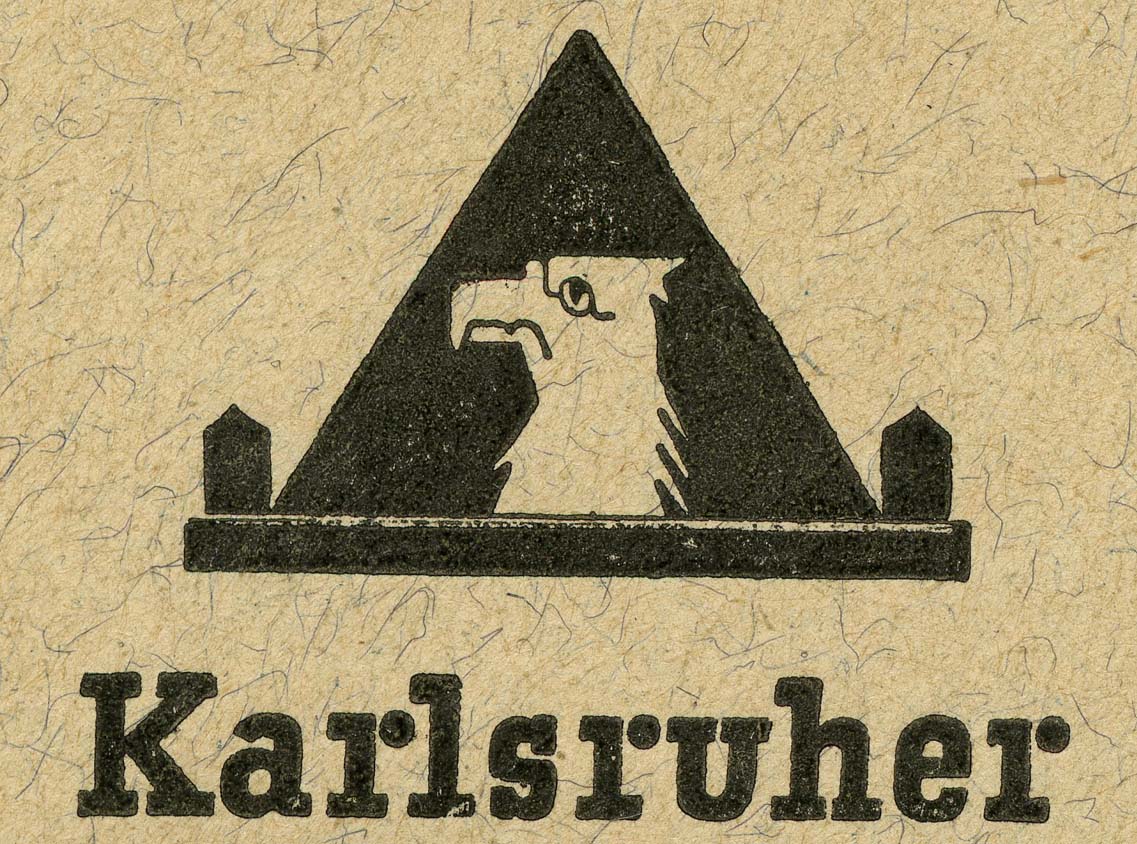
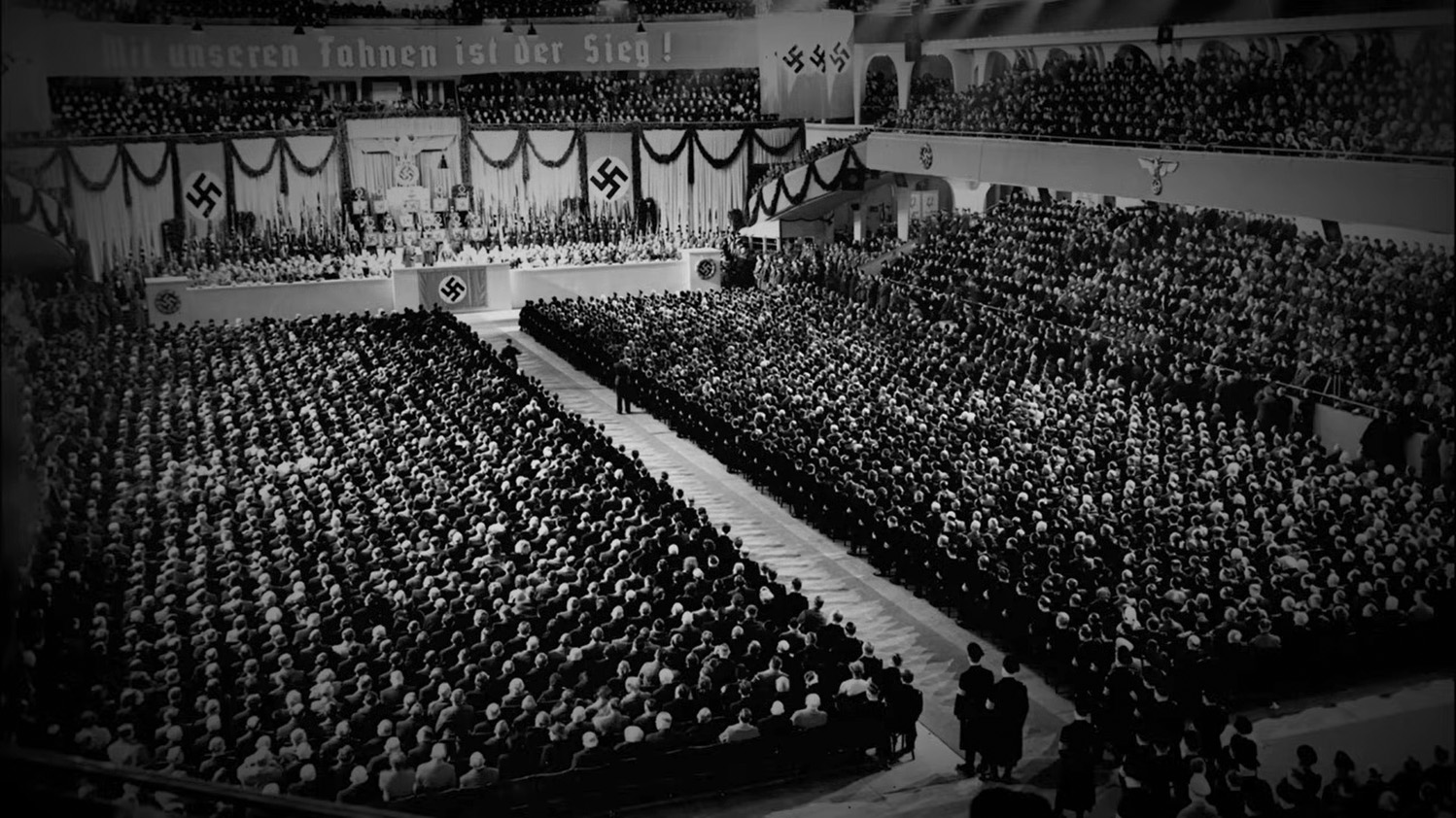
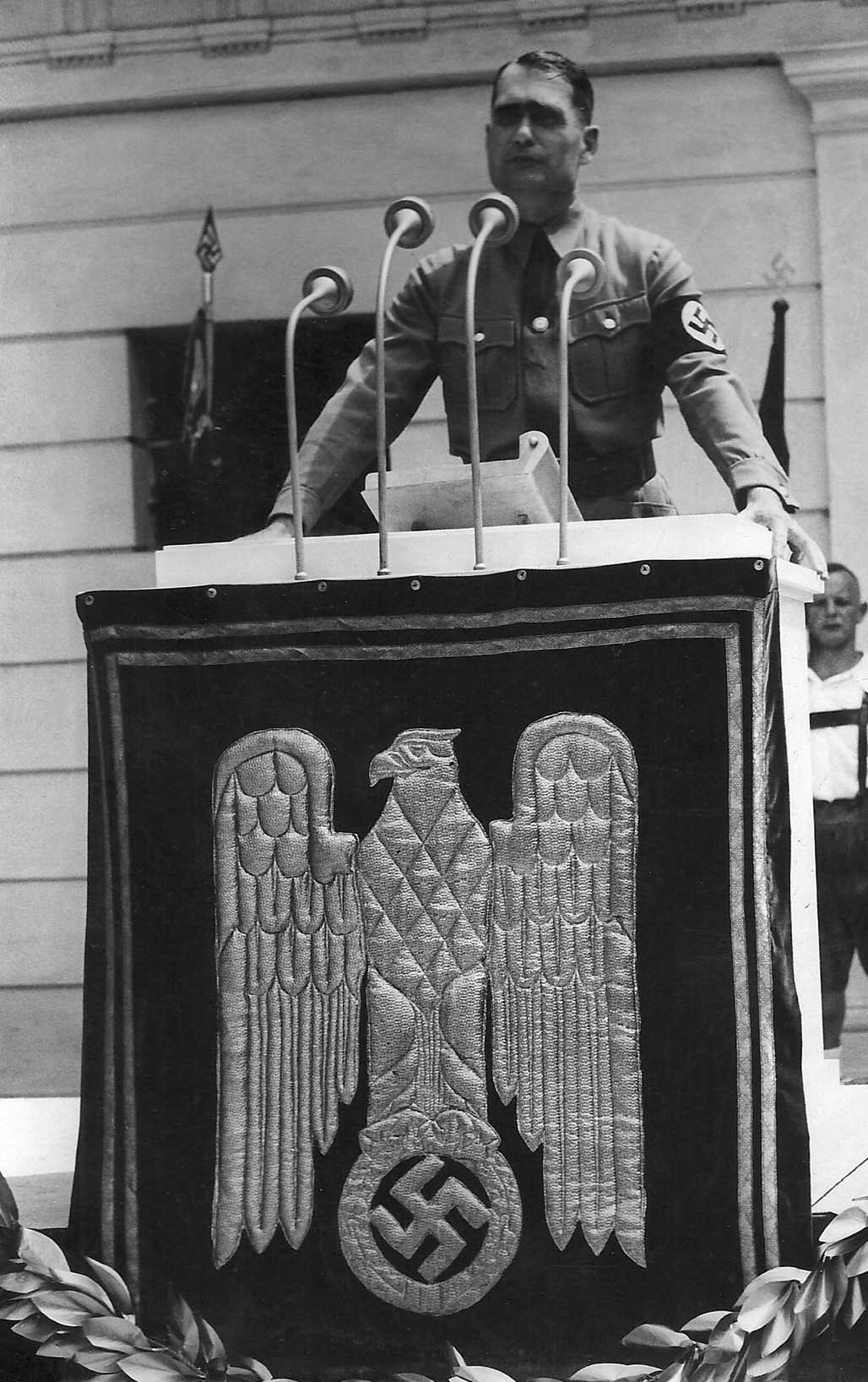
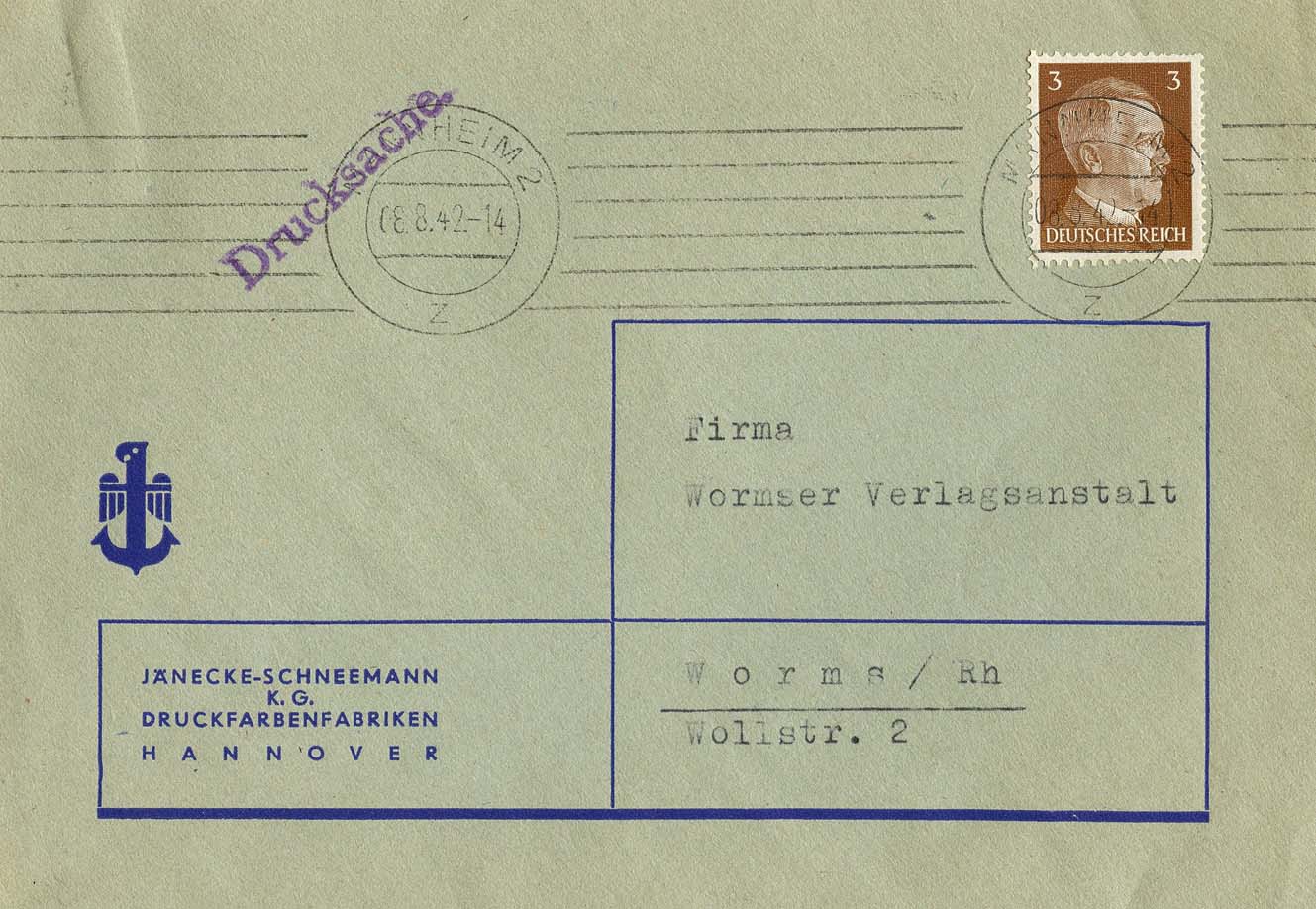
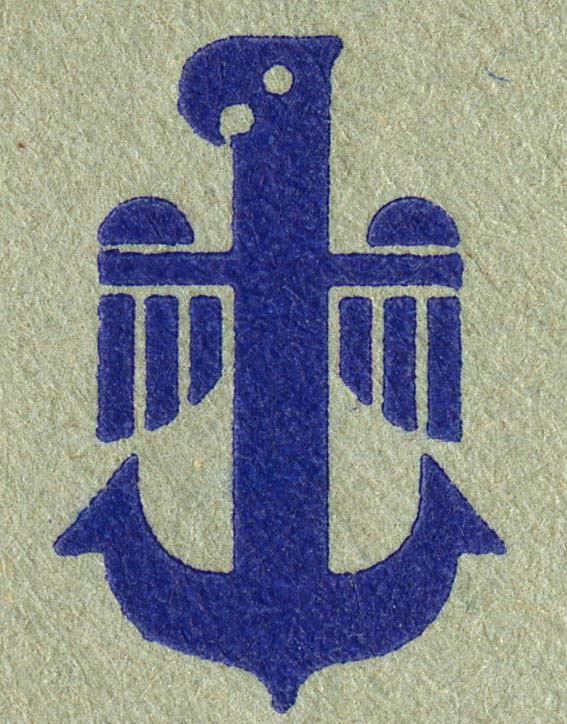
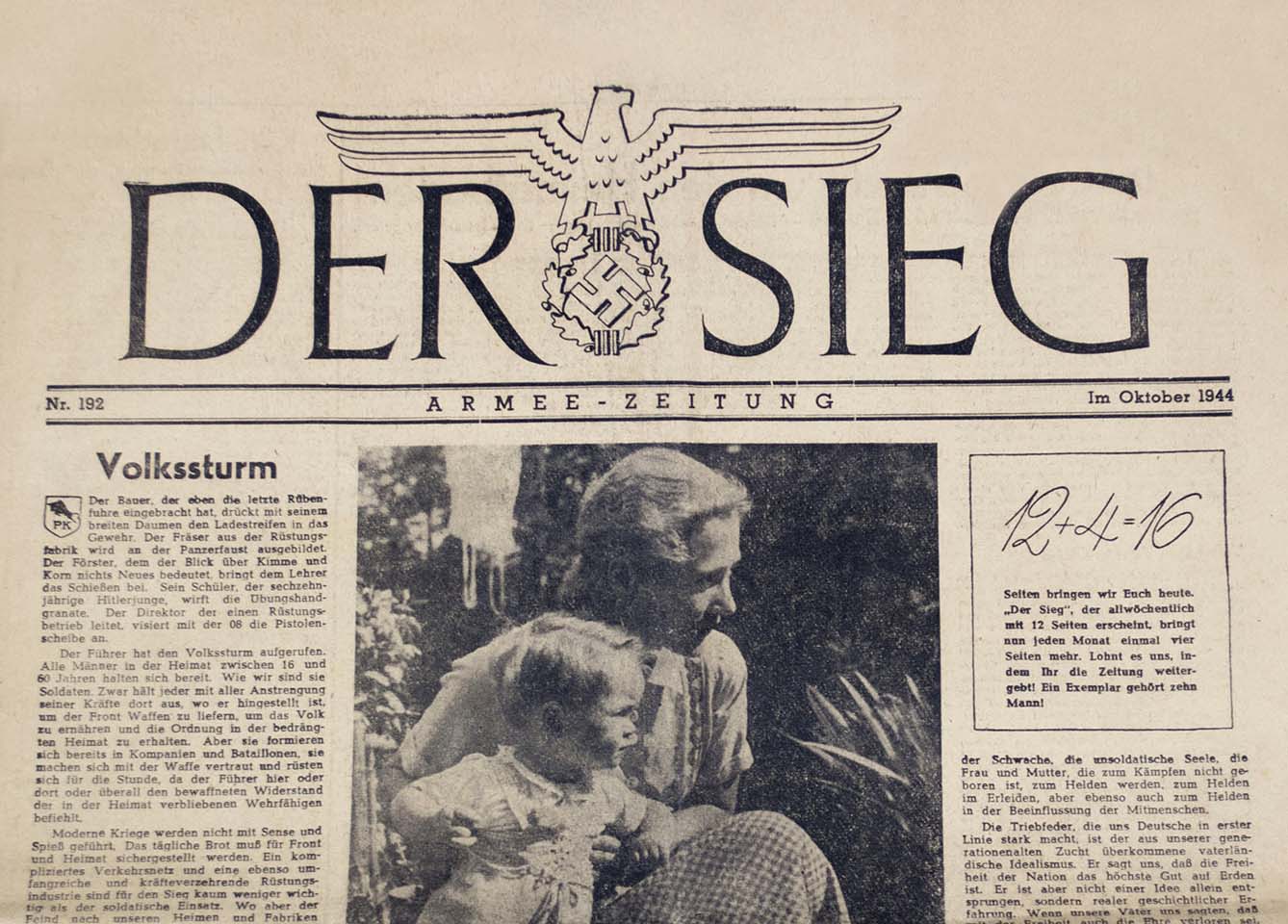
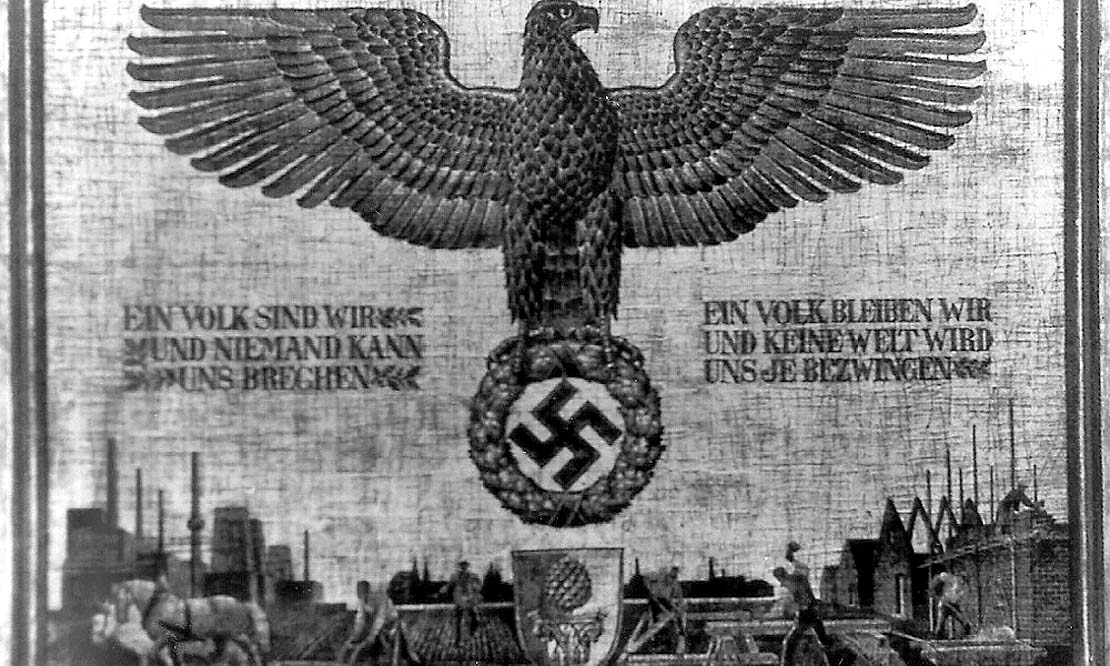
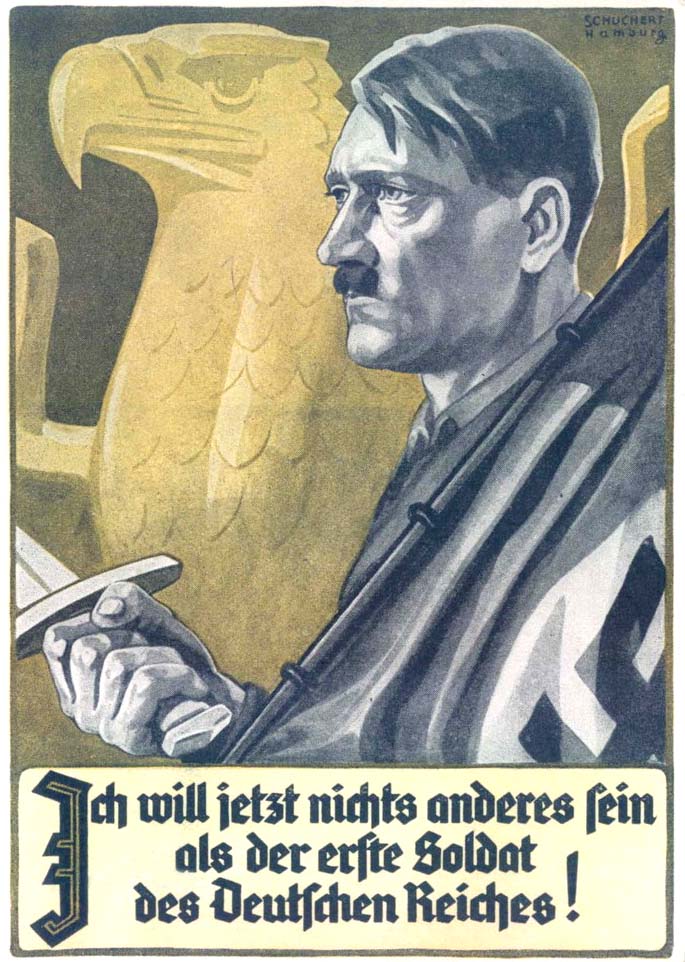
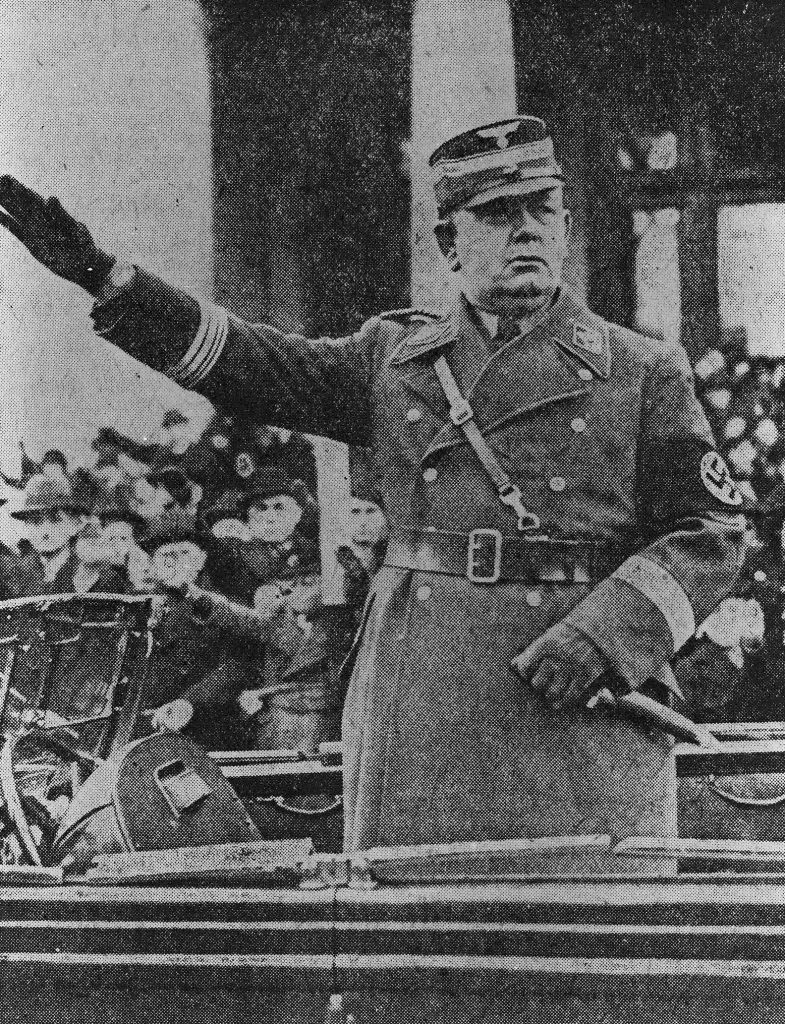
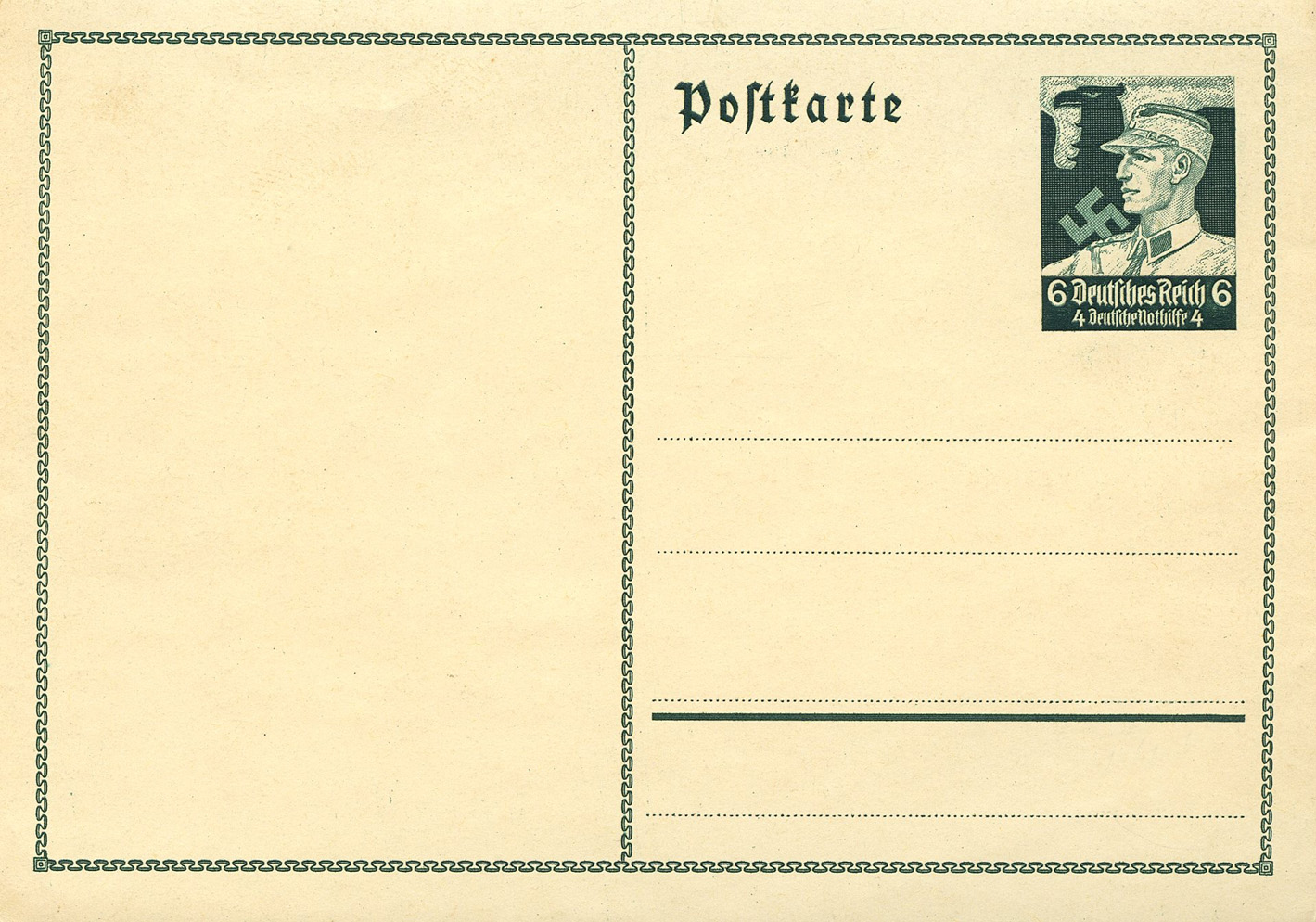
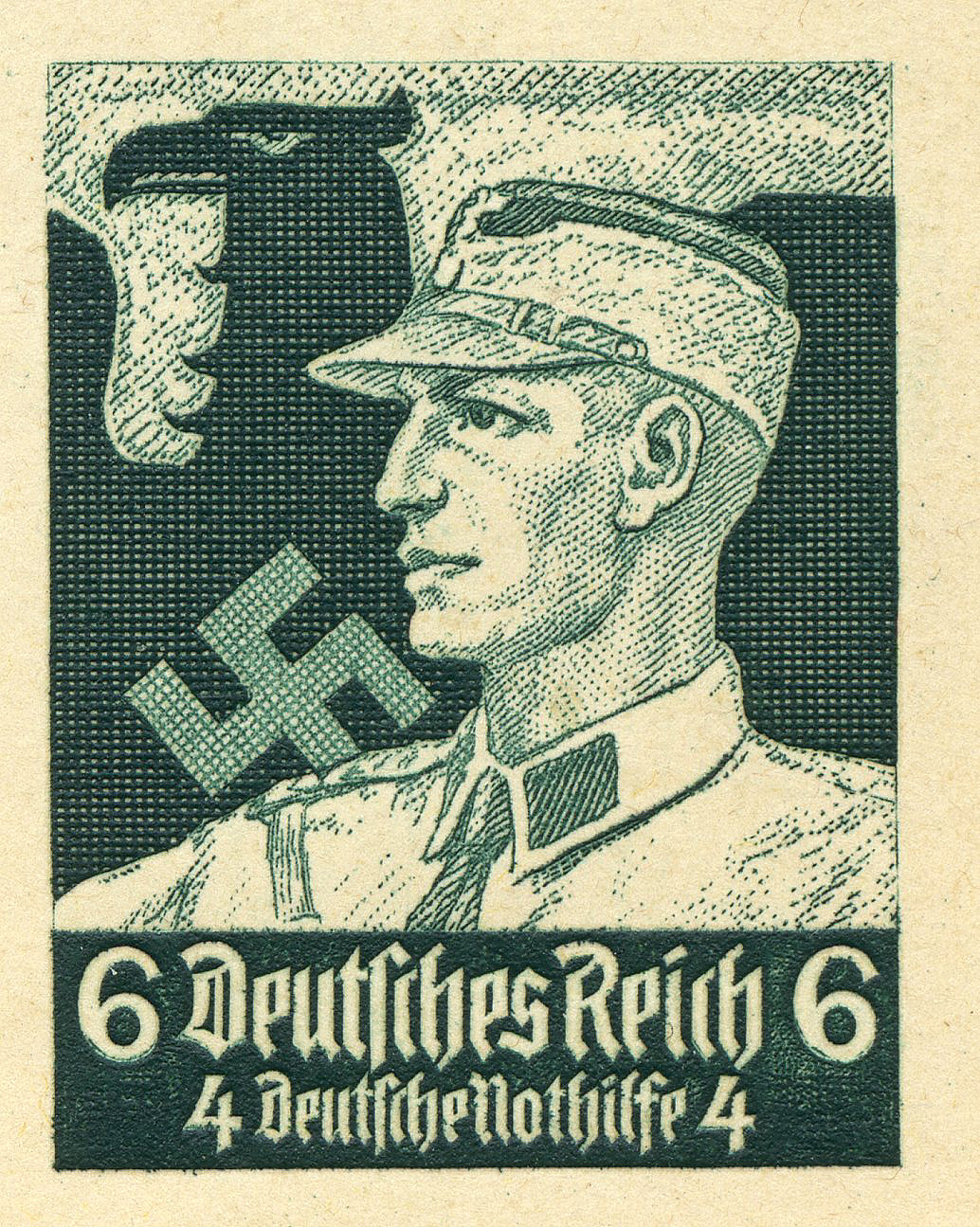
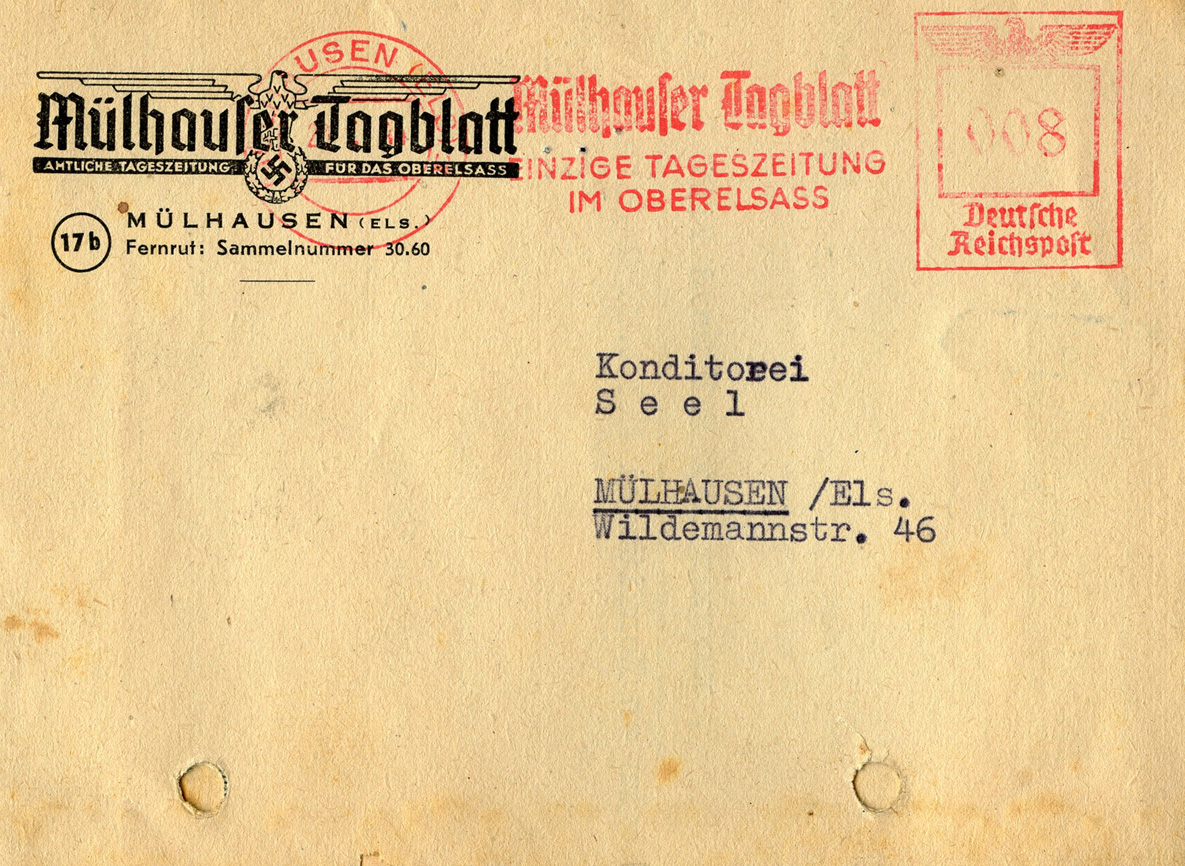

Führers, Volk und Vaterland
Starb den Heldentod
am 28.7.1942
der Mtr. Ob. Gefr.
Josef Engel
Im Auftrage
des Oberbefehlschabers der
Kriegsmarine ist darüber diese
Urkunde ausgestellt worden.'
Führer, Volk and Fatherland
Died a heroic death
on 28.7.1942
the Mtr. Ob. Gefr.
Josef Engel
On behalf of
of the Commander-in-Chief of the
Kriegsmarine this
certificate has been issued).]
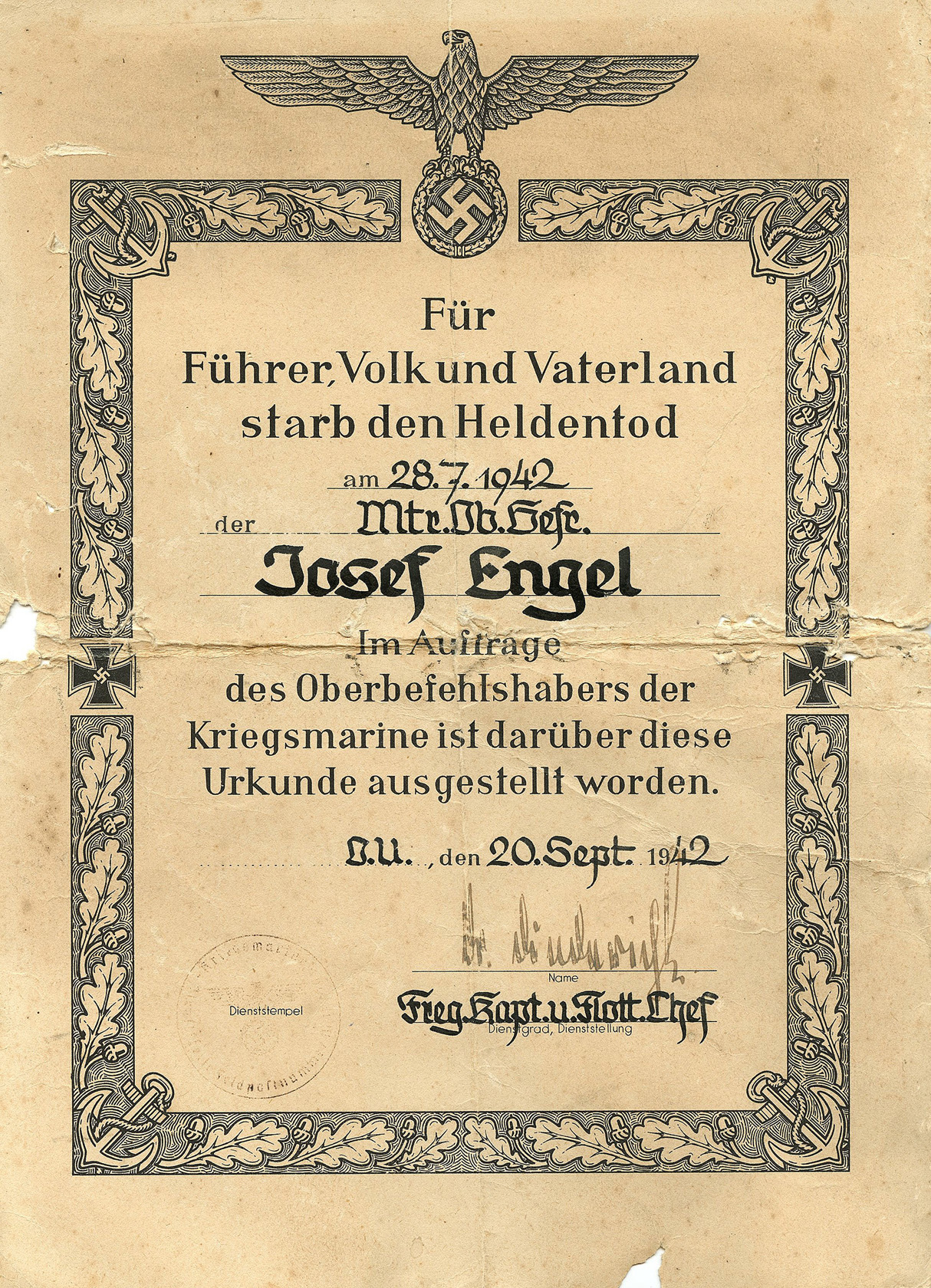
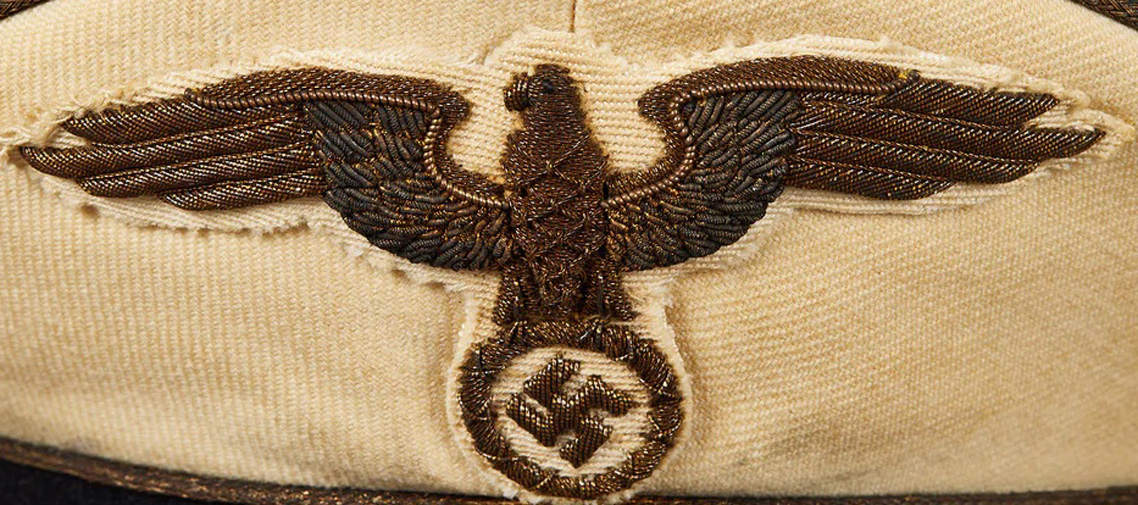
mit frohen Händen
wolksverbunden Eure Spenden!'
your donations to the clouds!)]
